12-Vasco-Saas-Marketing Free 1-5
12-Vasco-Saas-Marketing Free 1-5 - Part 1
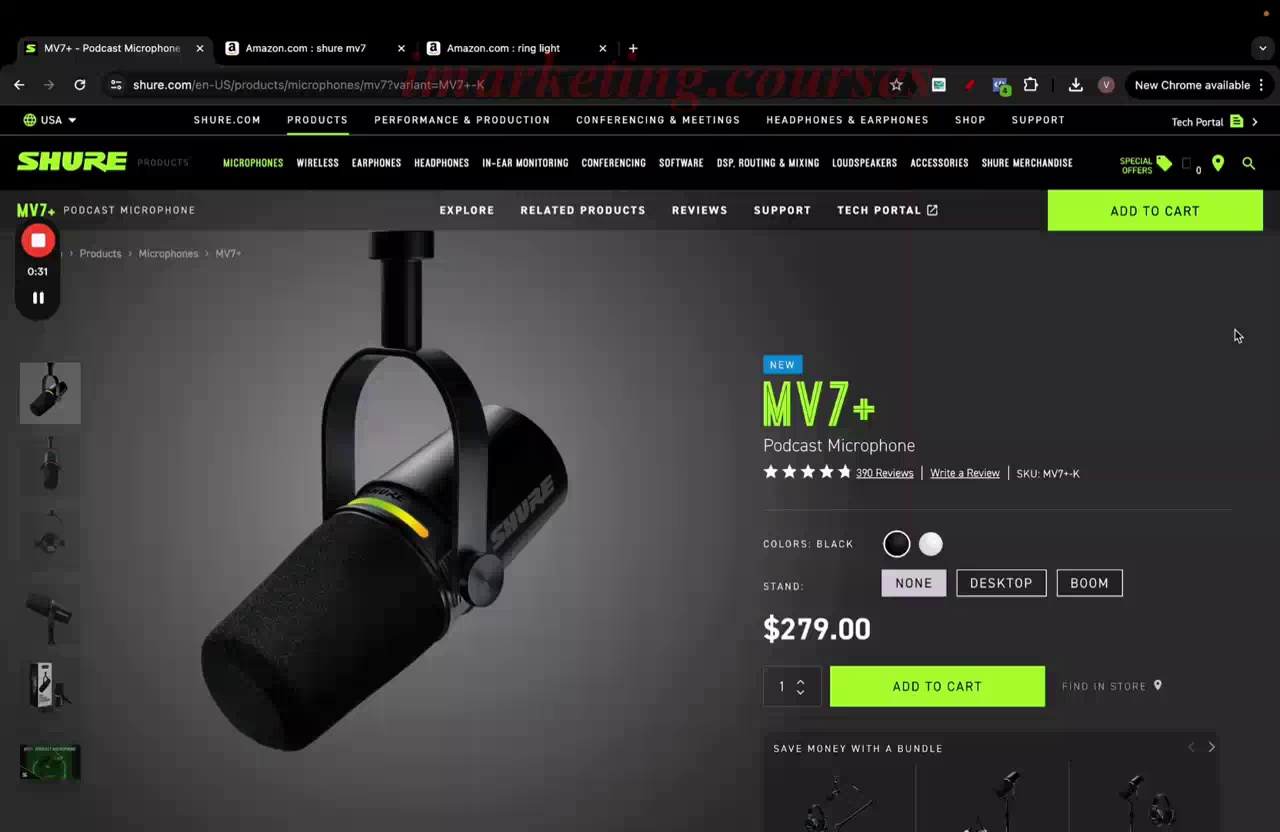
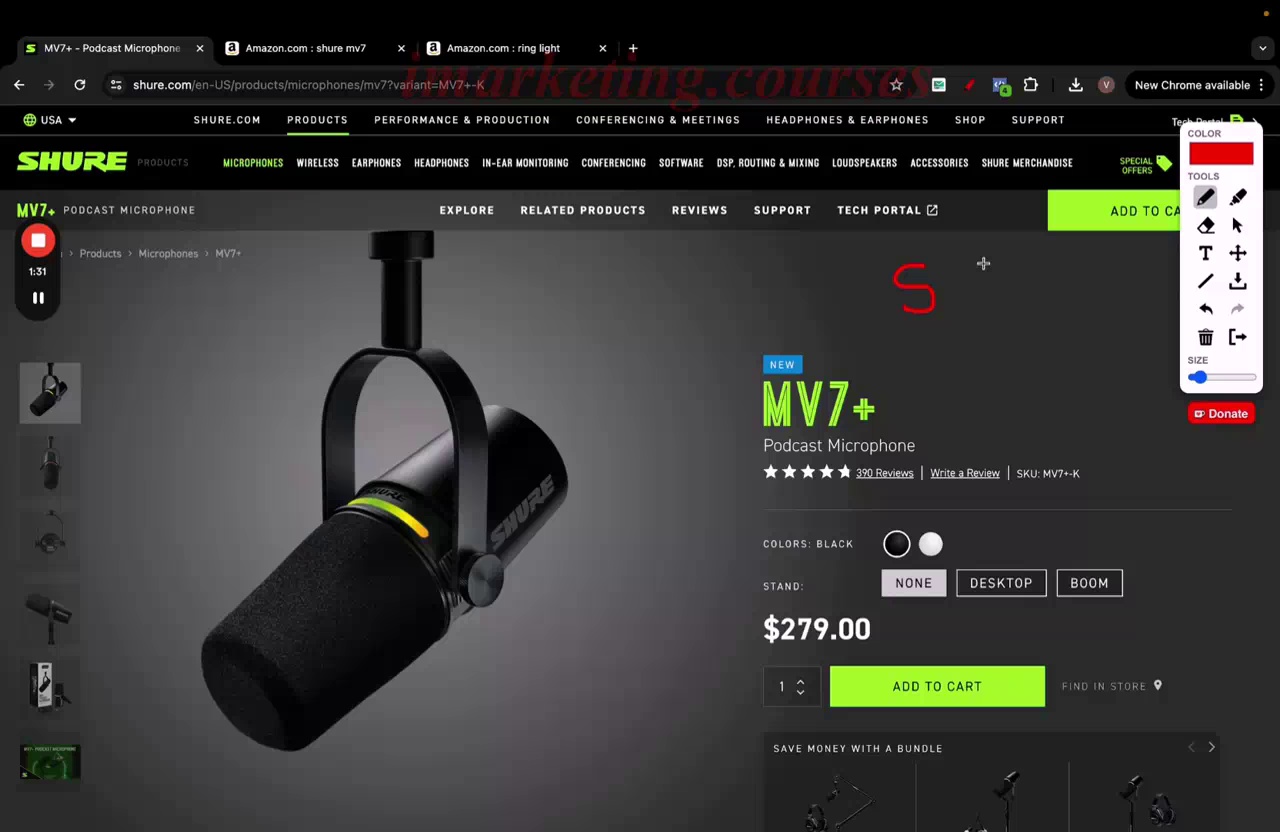
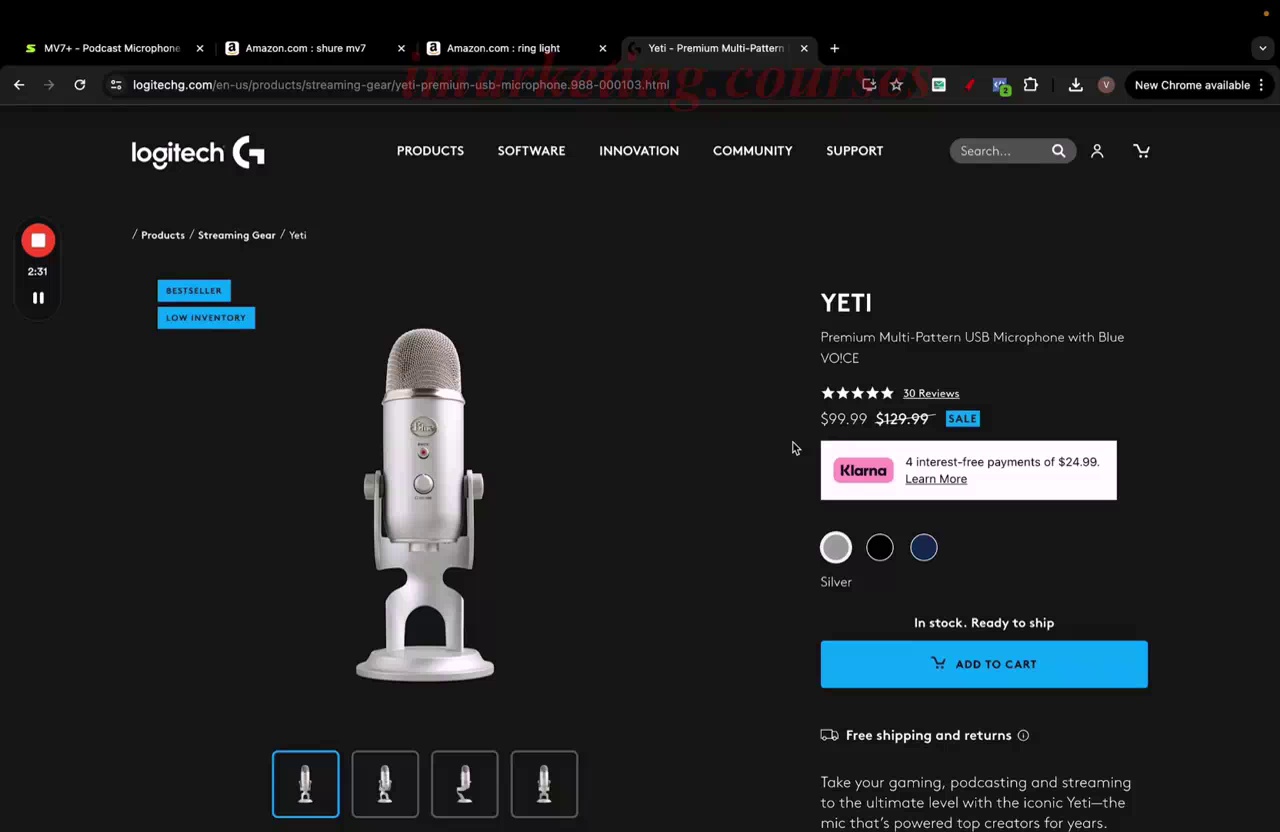
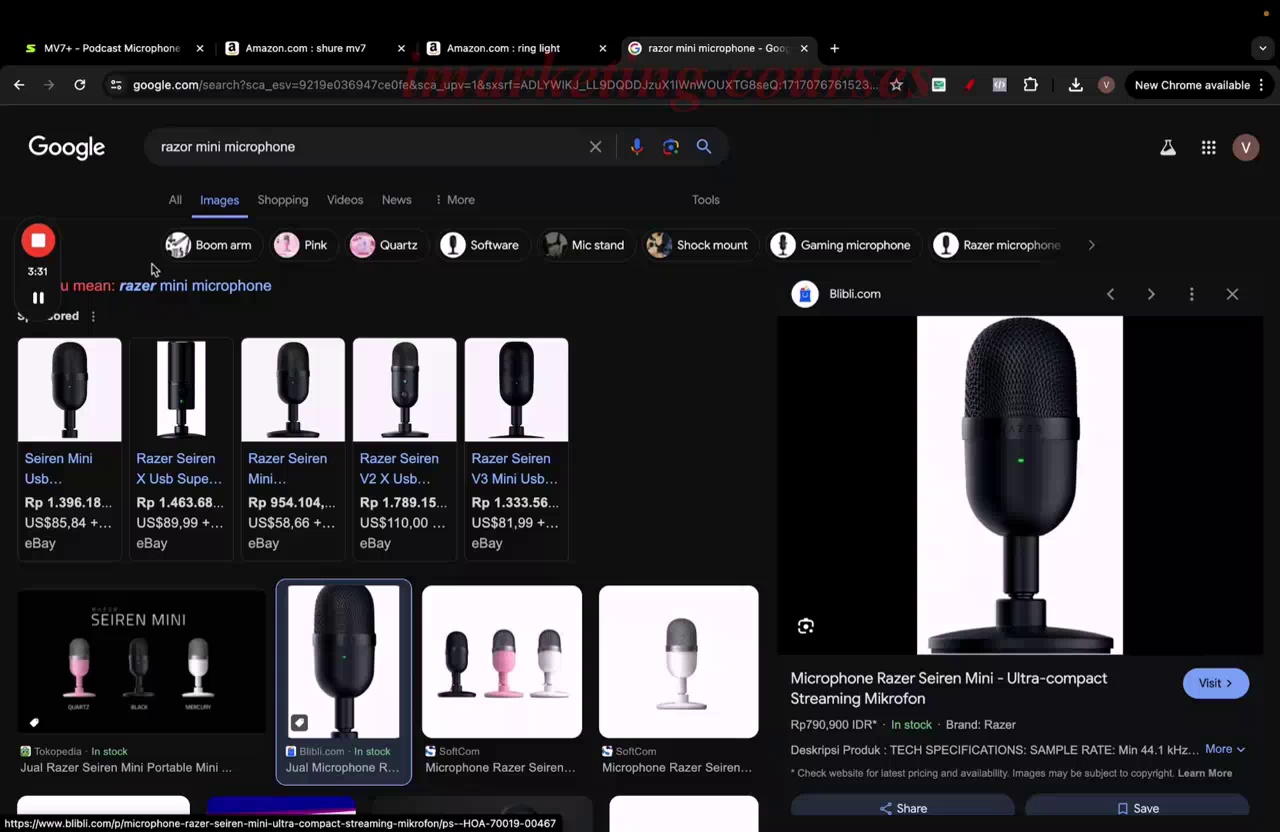
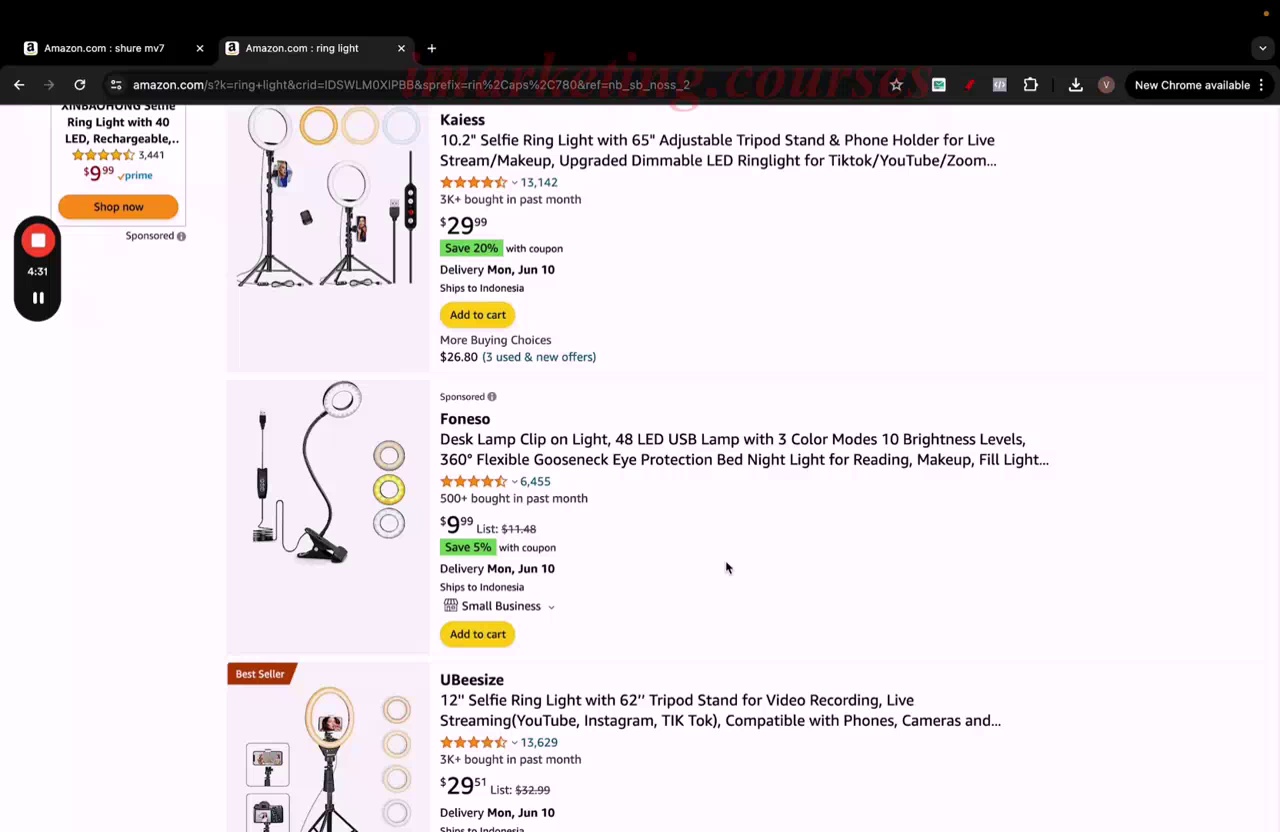
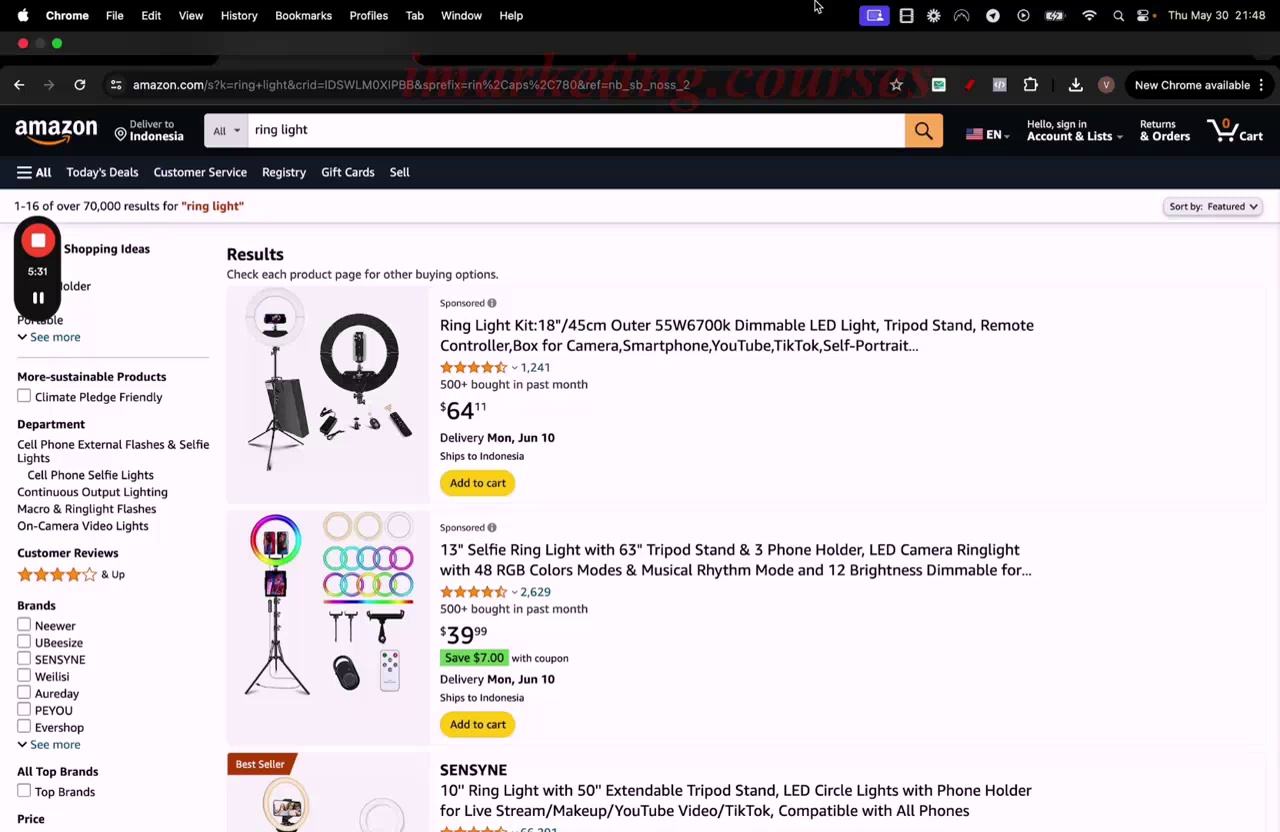
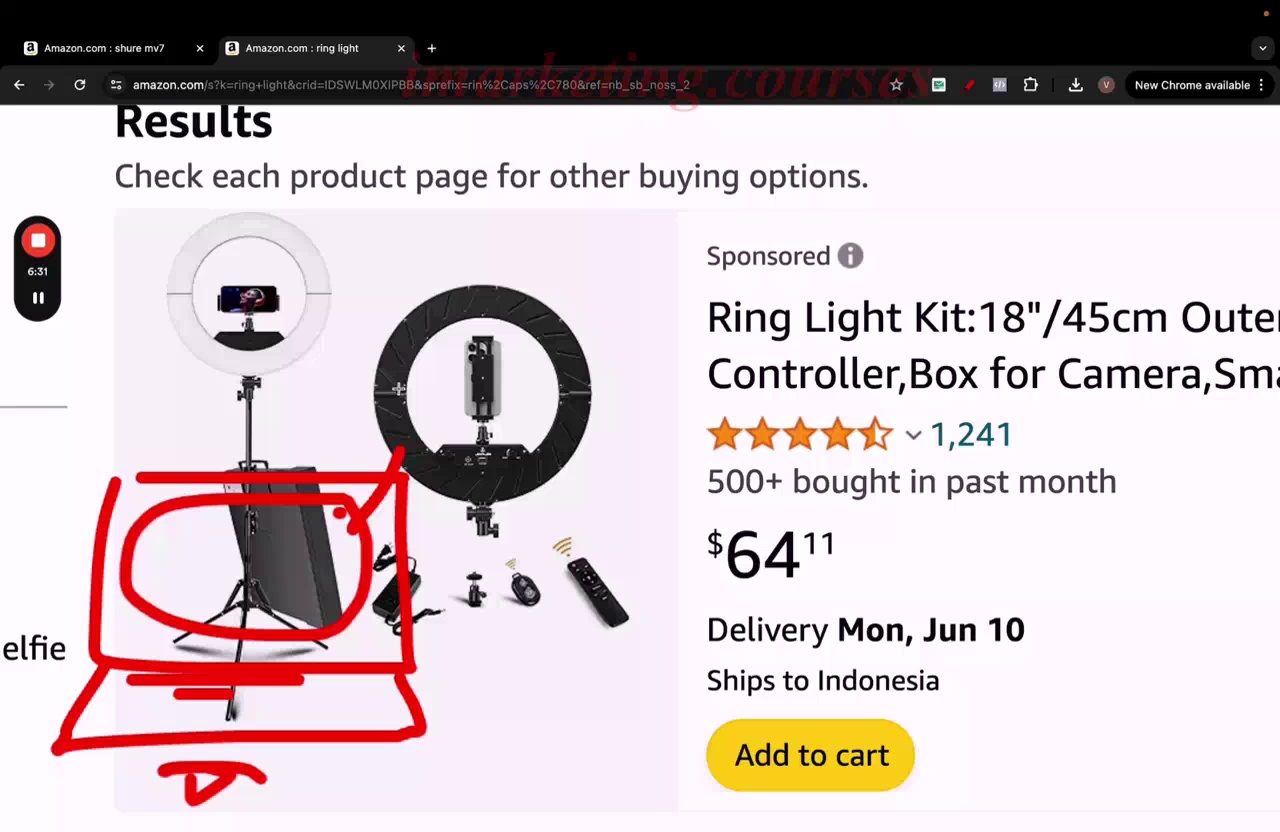
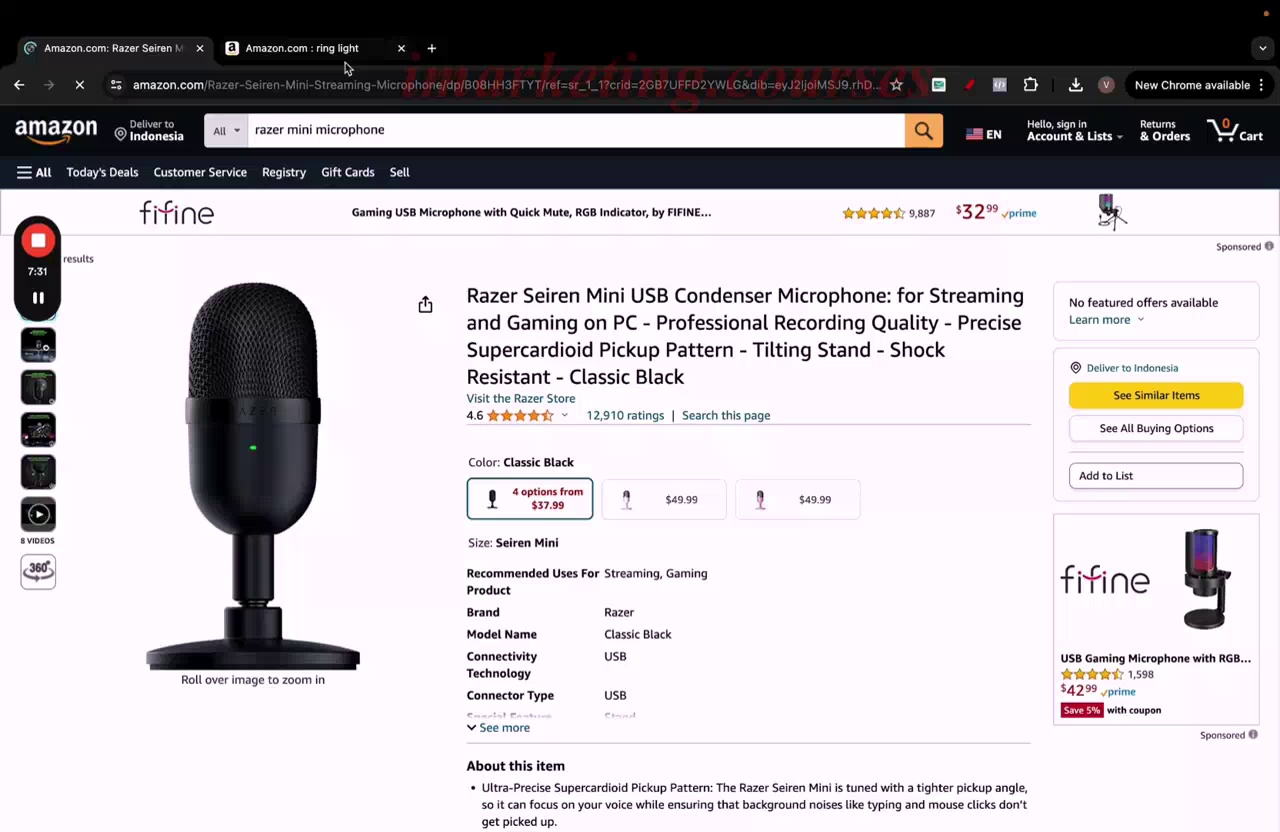
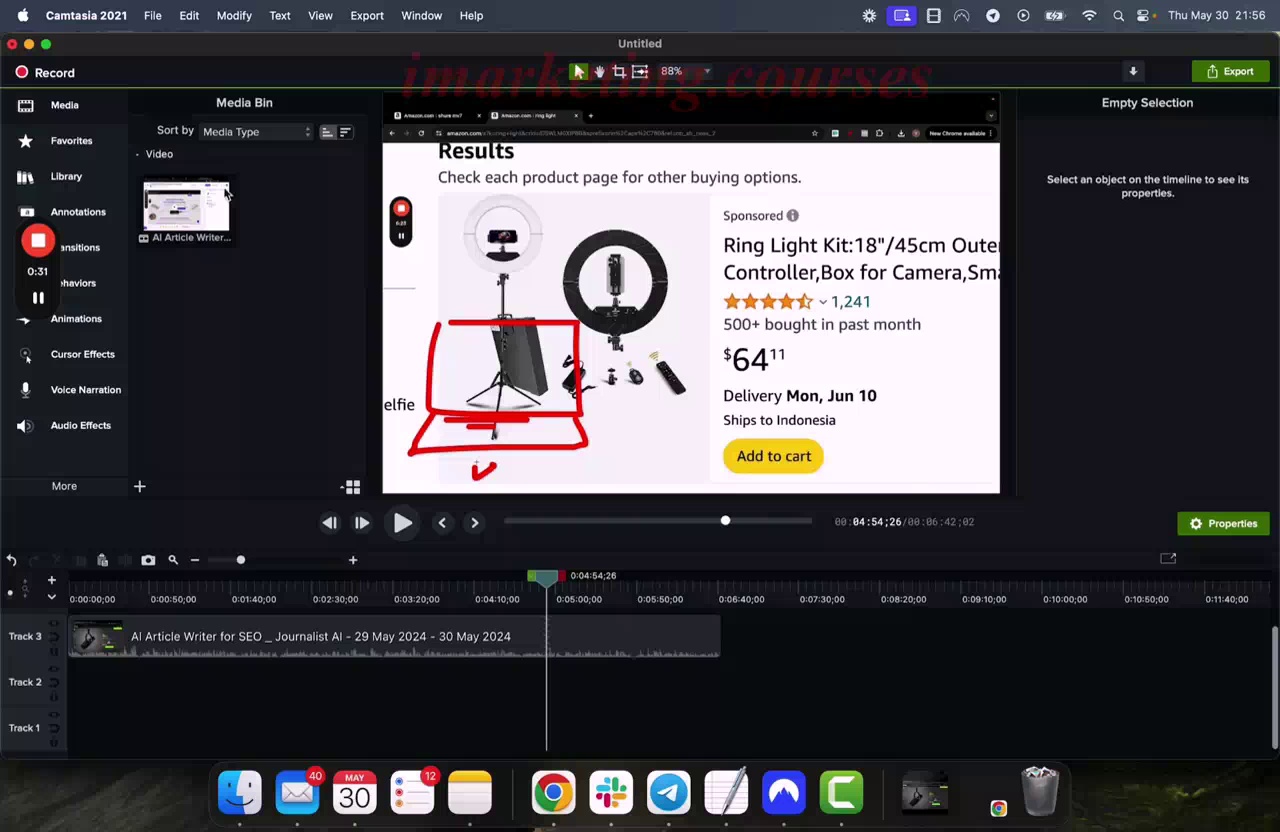
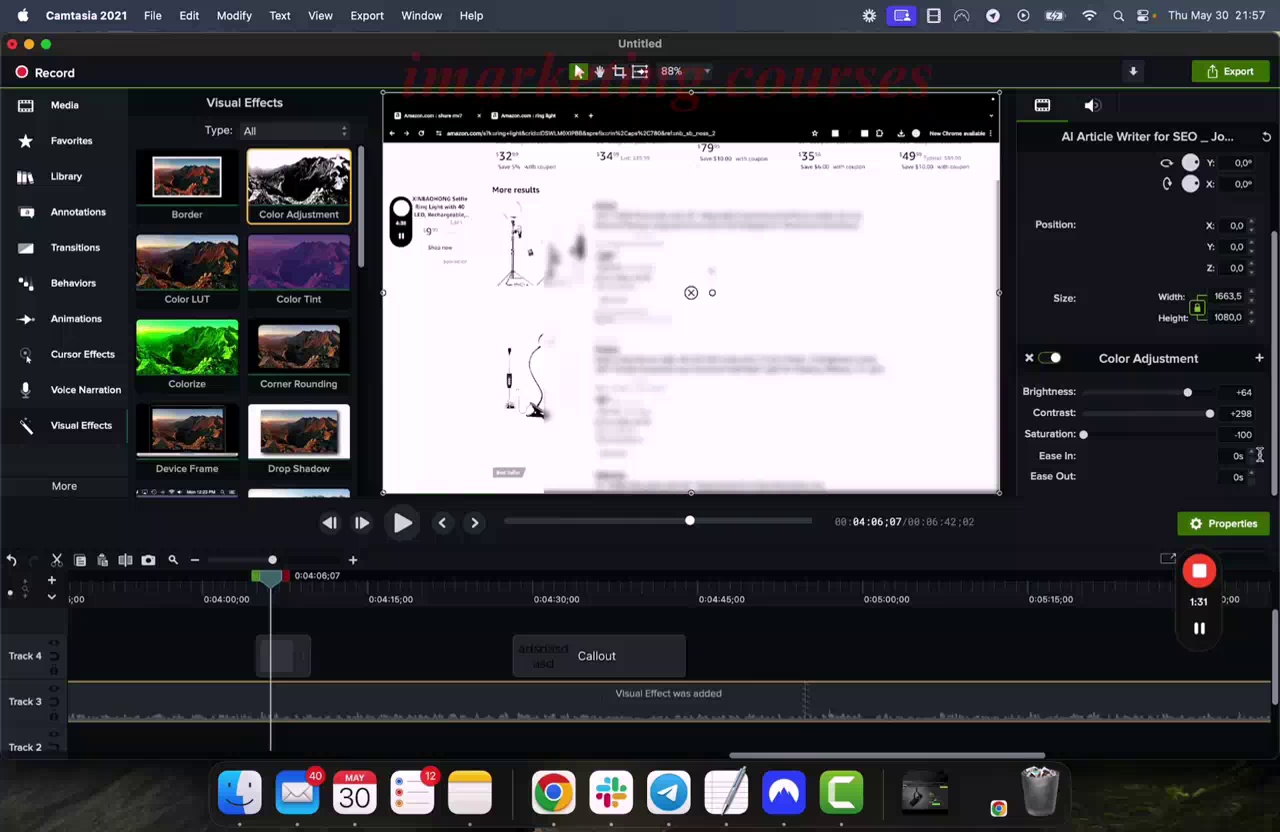
The narrator emphasizes that sound quality is the most important aspect of a video. Get a decent microphone like the Blue Yeti or Razer Mini. Don't use AirPods or built-in computer microphones. After audio, focus on lighting. Get an inexpensive ring light. Use your phone's camera rather than your computer's webcam. The Loom software allows you to record your screen and face. For editing, the narrator recommends Camtasia software. It has the necessary features without being overly complex. The narrator advises just buying the software rather than trying to find free cracked versions, as that will likely cause more headaches.
.12-Vasco-Saas-Marketing Free 1-5 - Part 2










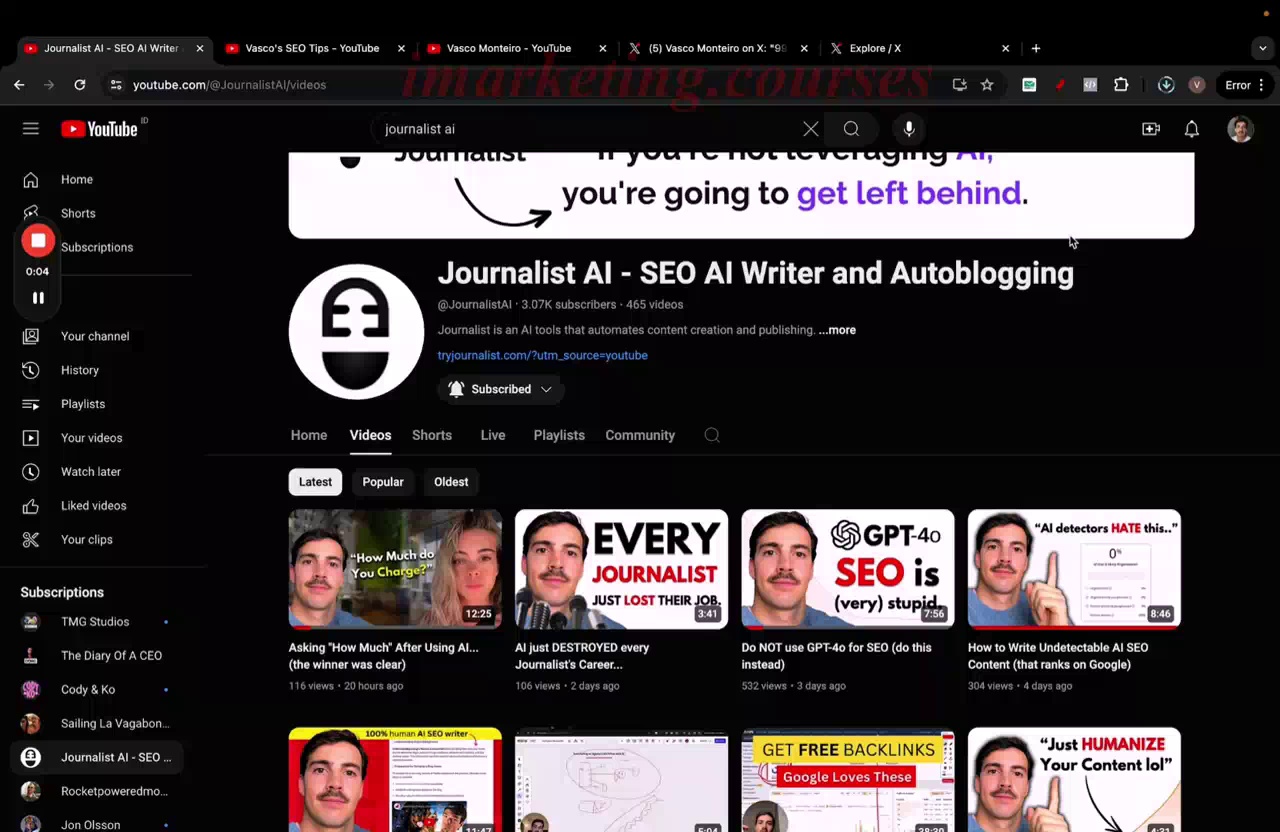
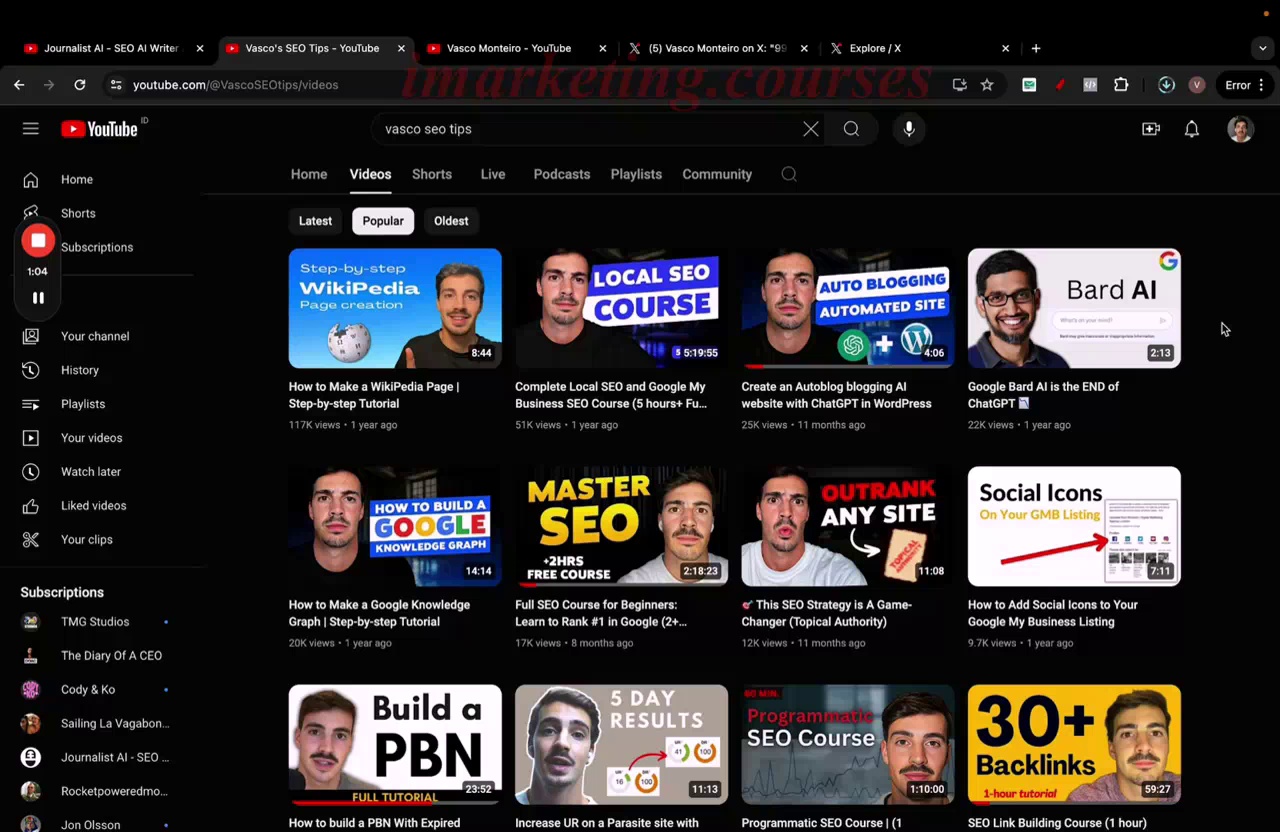
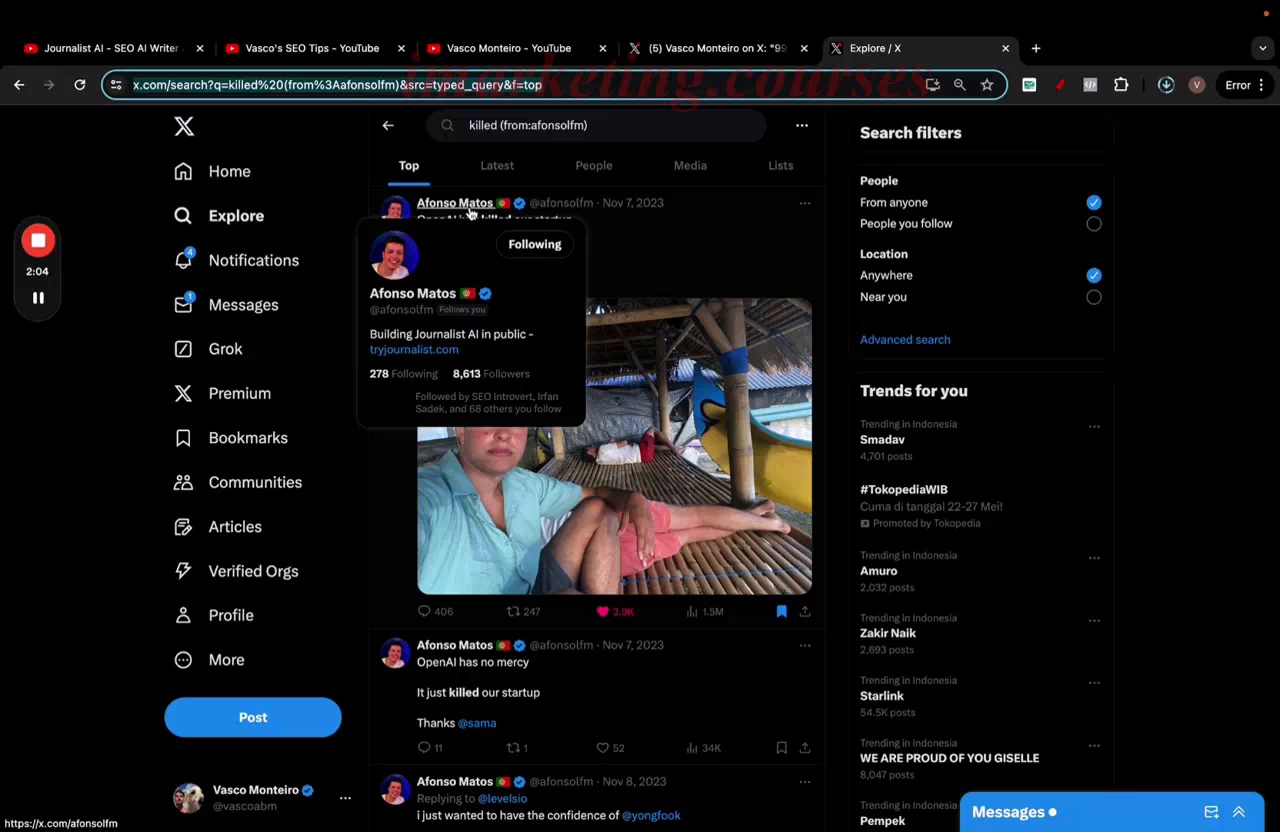
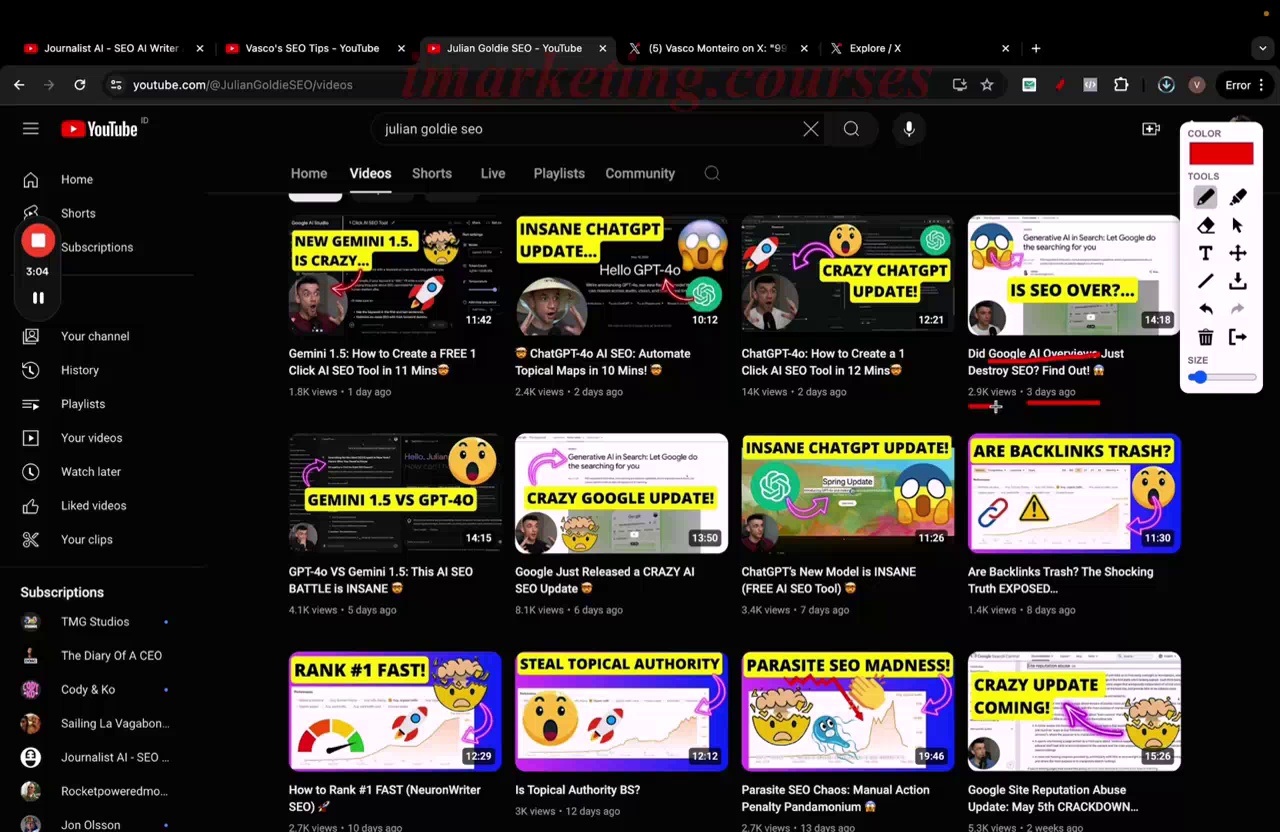
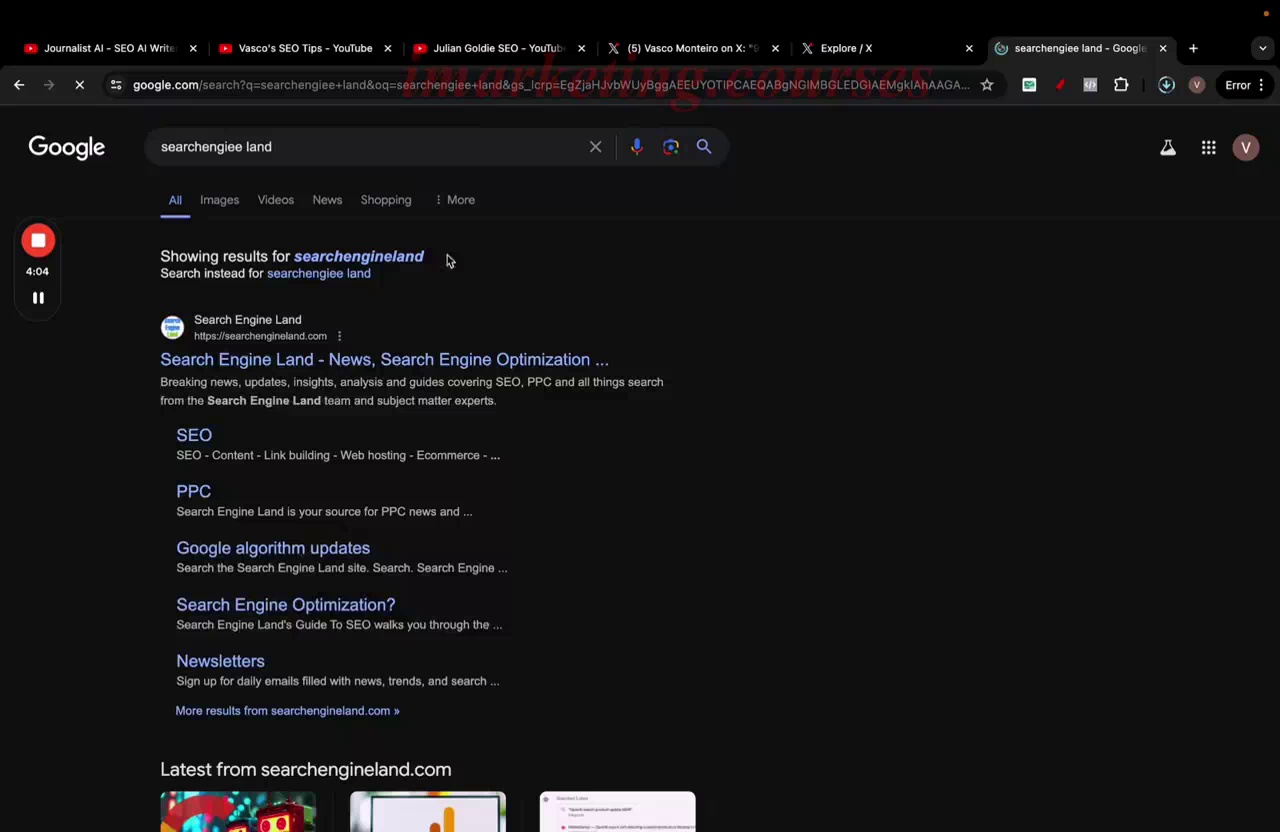
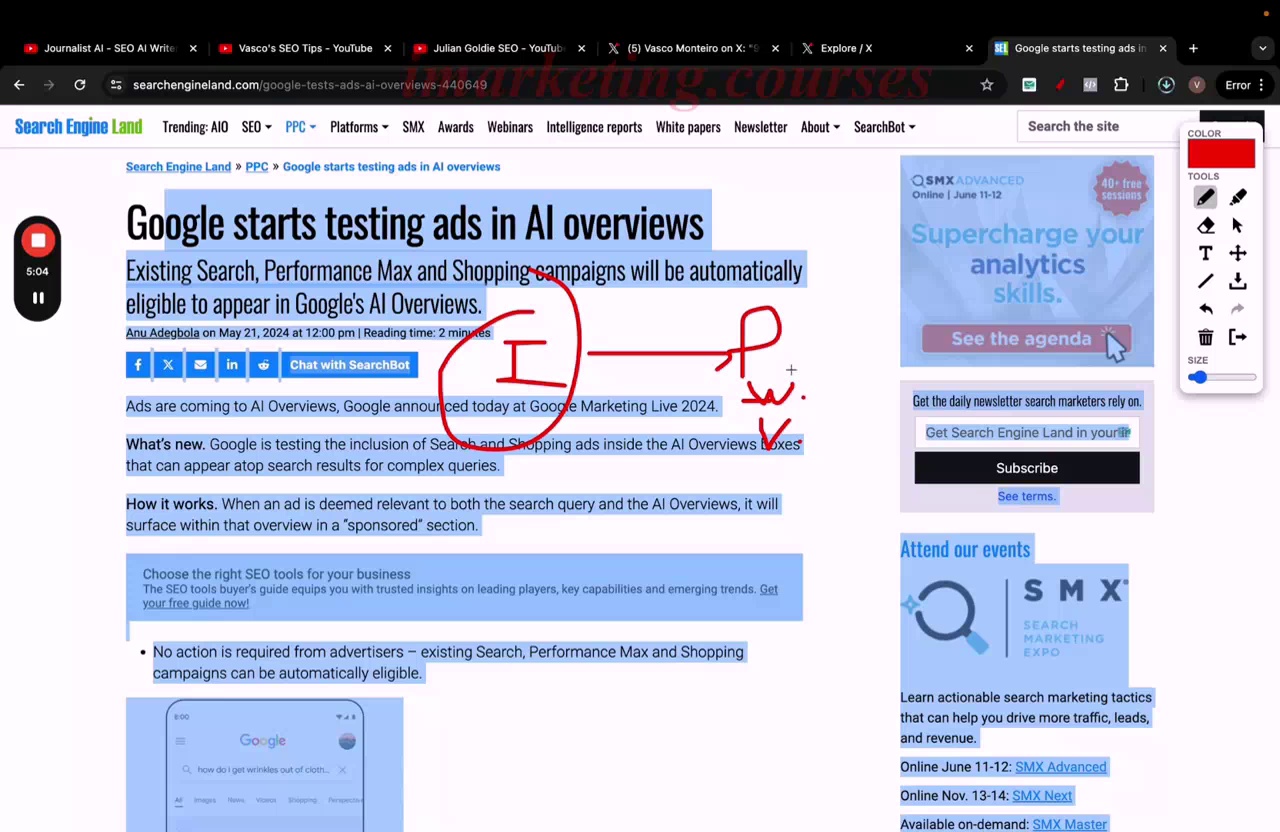
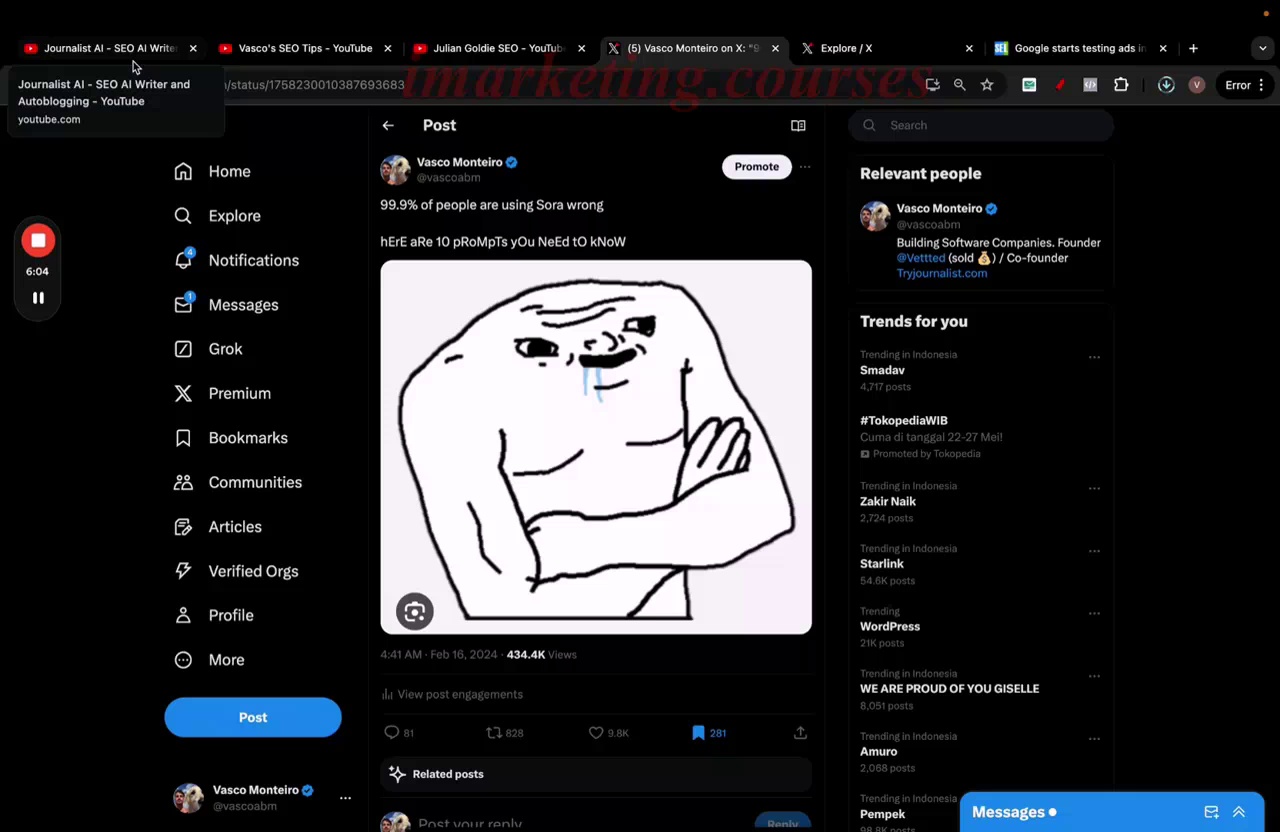
The narrator argues that creating content about current trends can help marketers grow their business. He gives several examples of tweets and videos he and others made about new AI releases which went viral and brought in views, followers, and sales. However, making this on-trend content requires constantly monitoring your industry for new developments, quickly creating content before trends fade, and packaging information in engaging formats for different platforms. Though difficult, the narrator urges committing to make one piece of viral, on-trend content per week as it can "change your life overnight" if it takes off. He advises noticing what new technologies or news people interact with on social media, putting your own spin on it, and turning it into a blog, video, tweet etc. to capitalize on the hype.
.12-Vasco-Saas-Marketing Free 1-5 - Part 3

















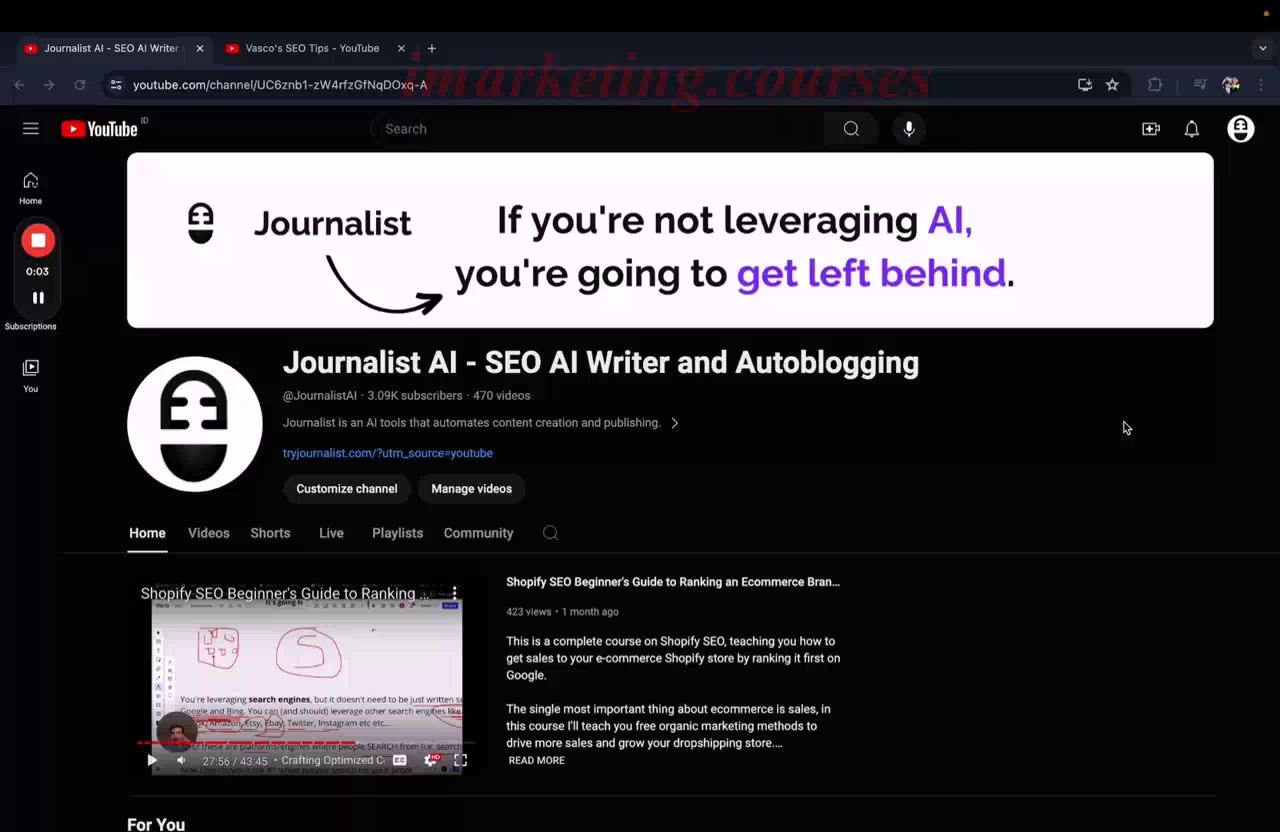
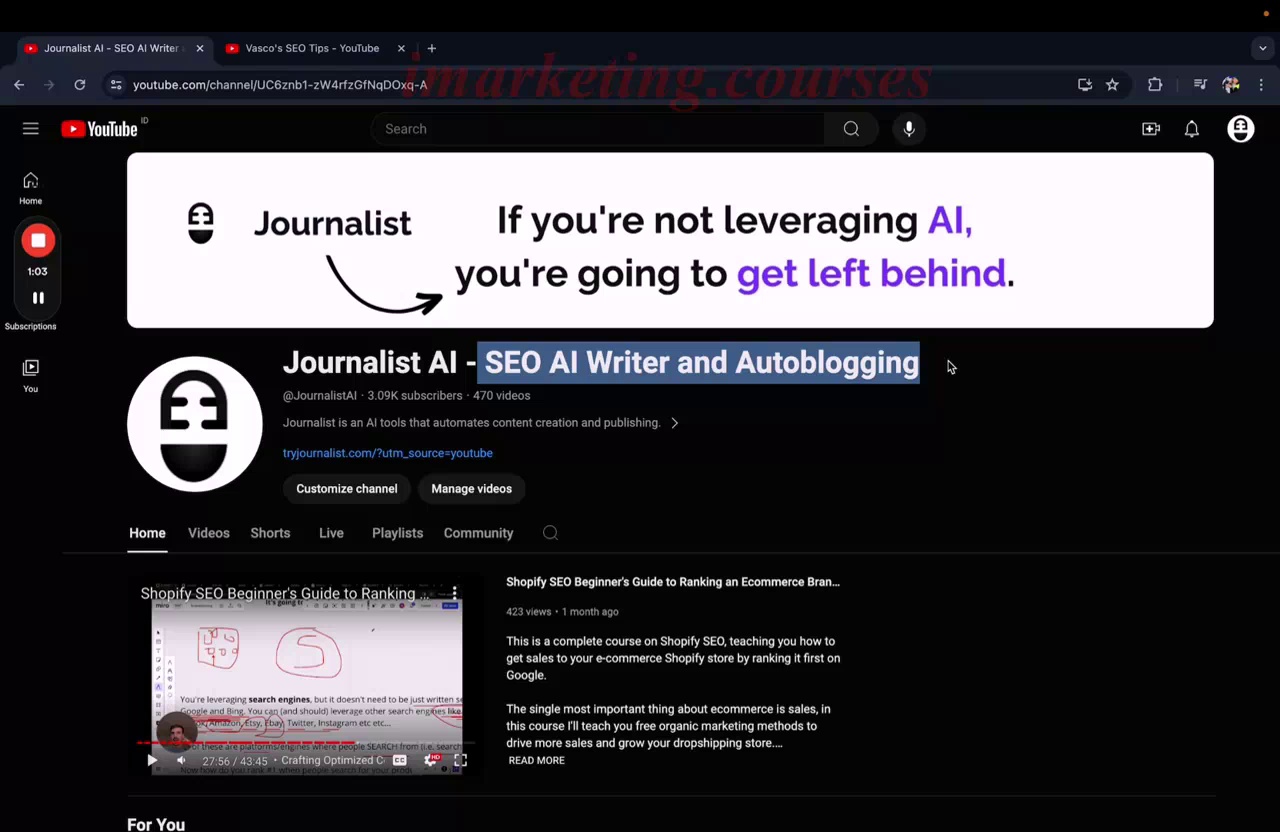
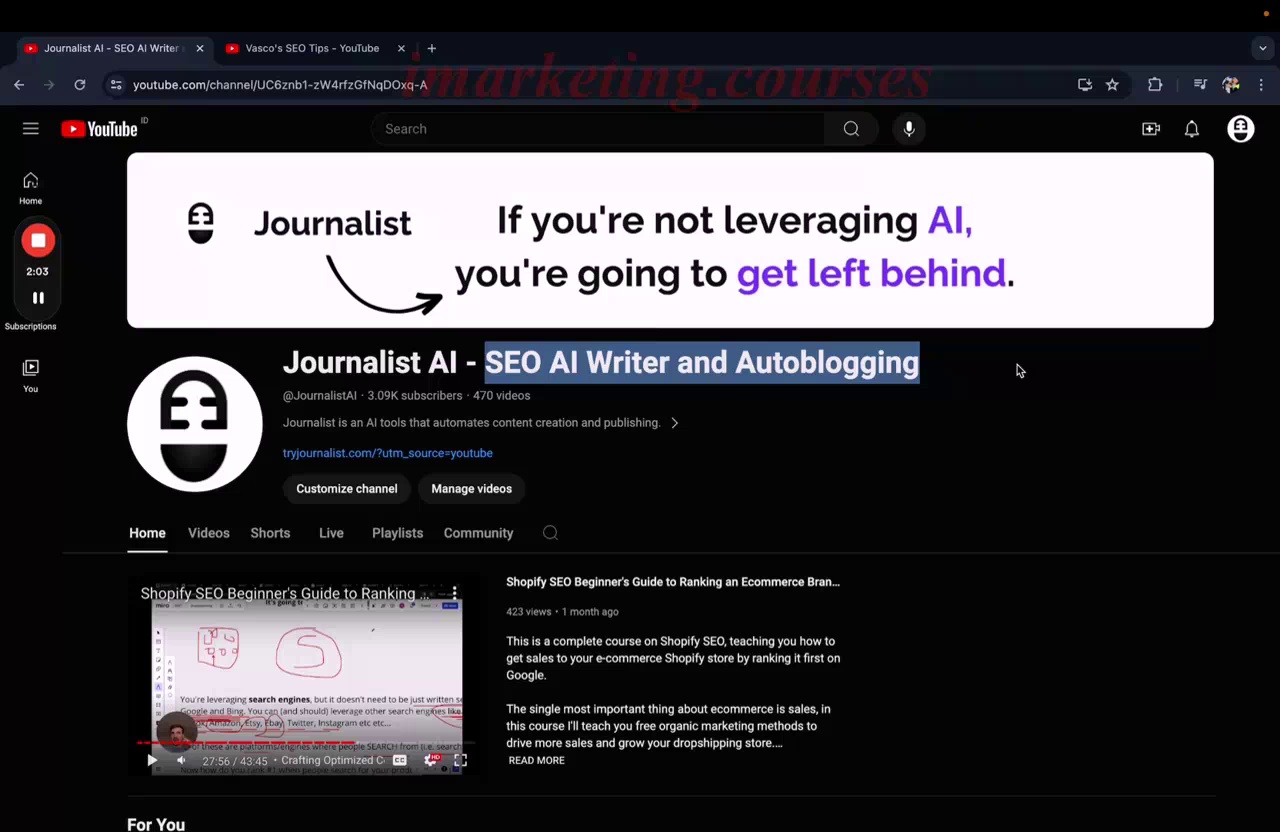
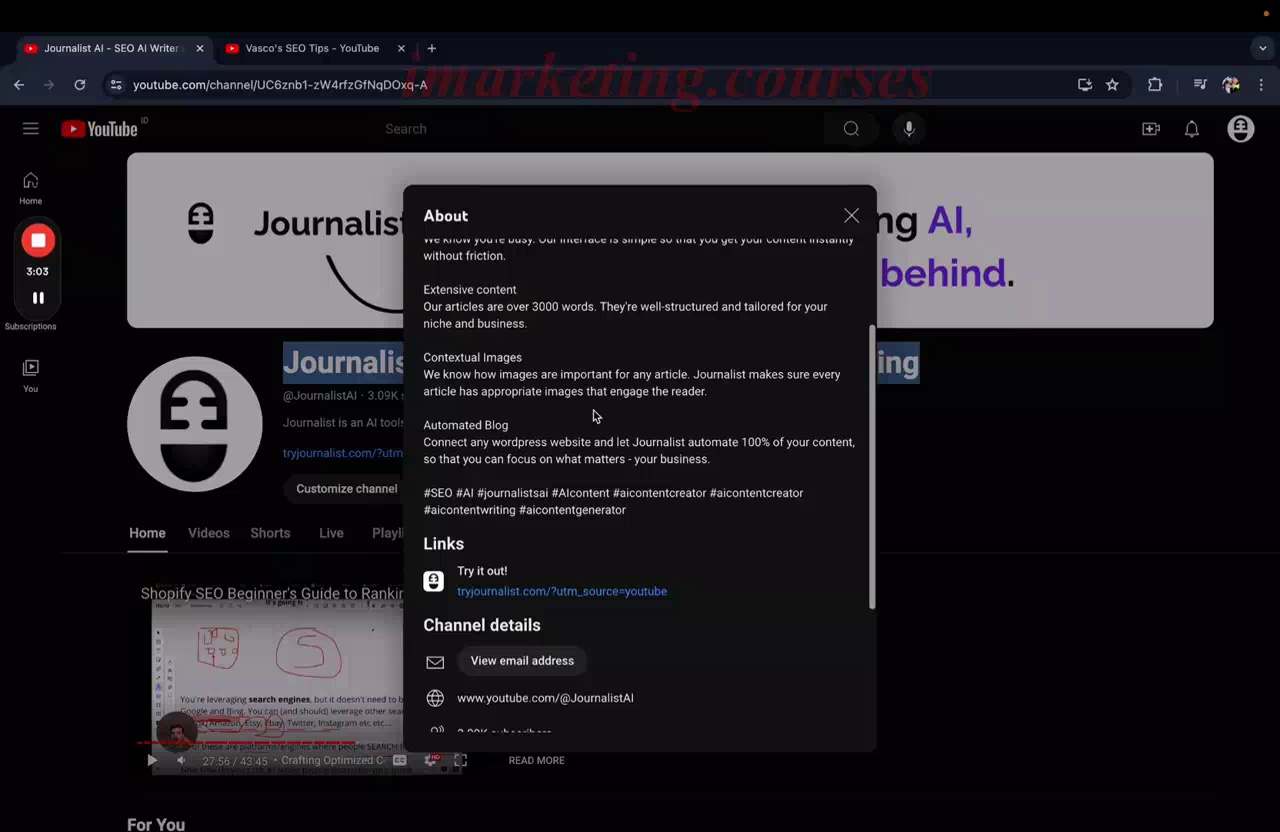
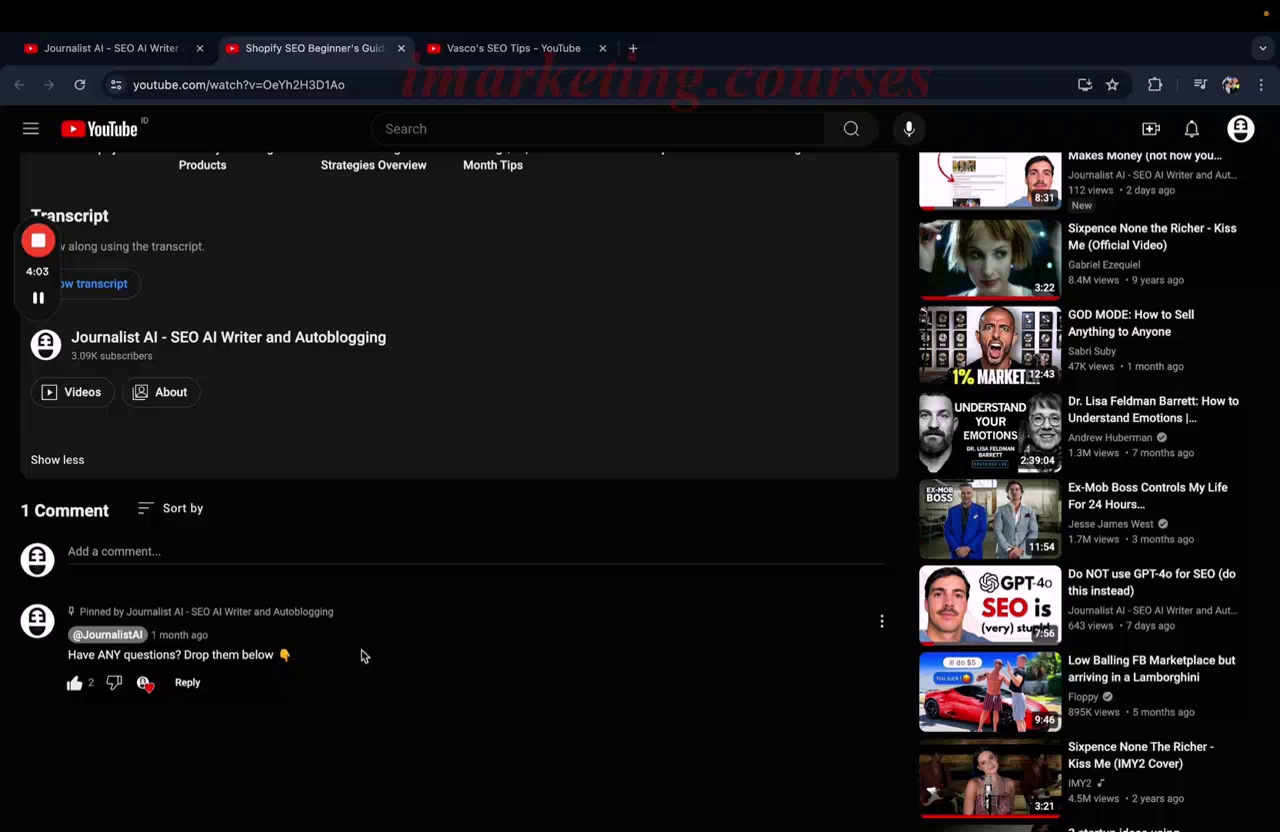
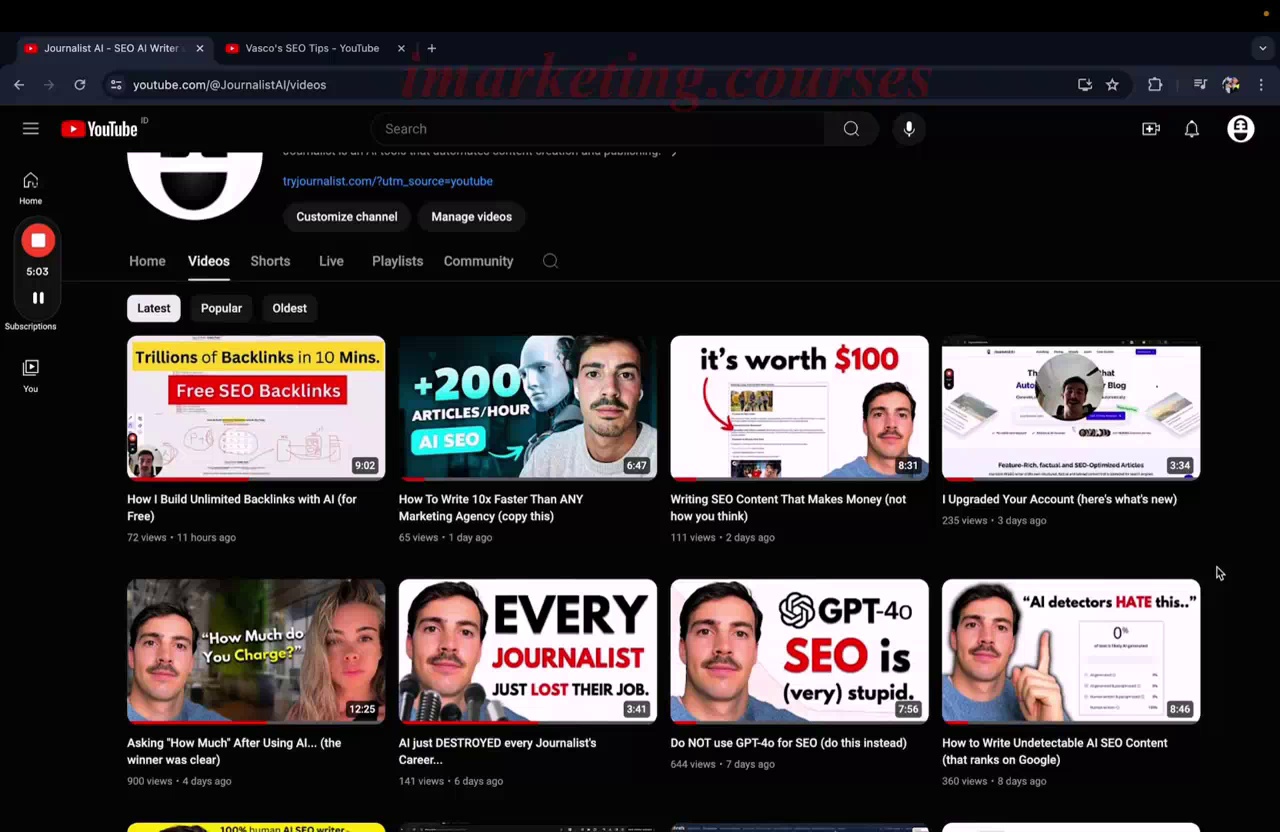
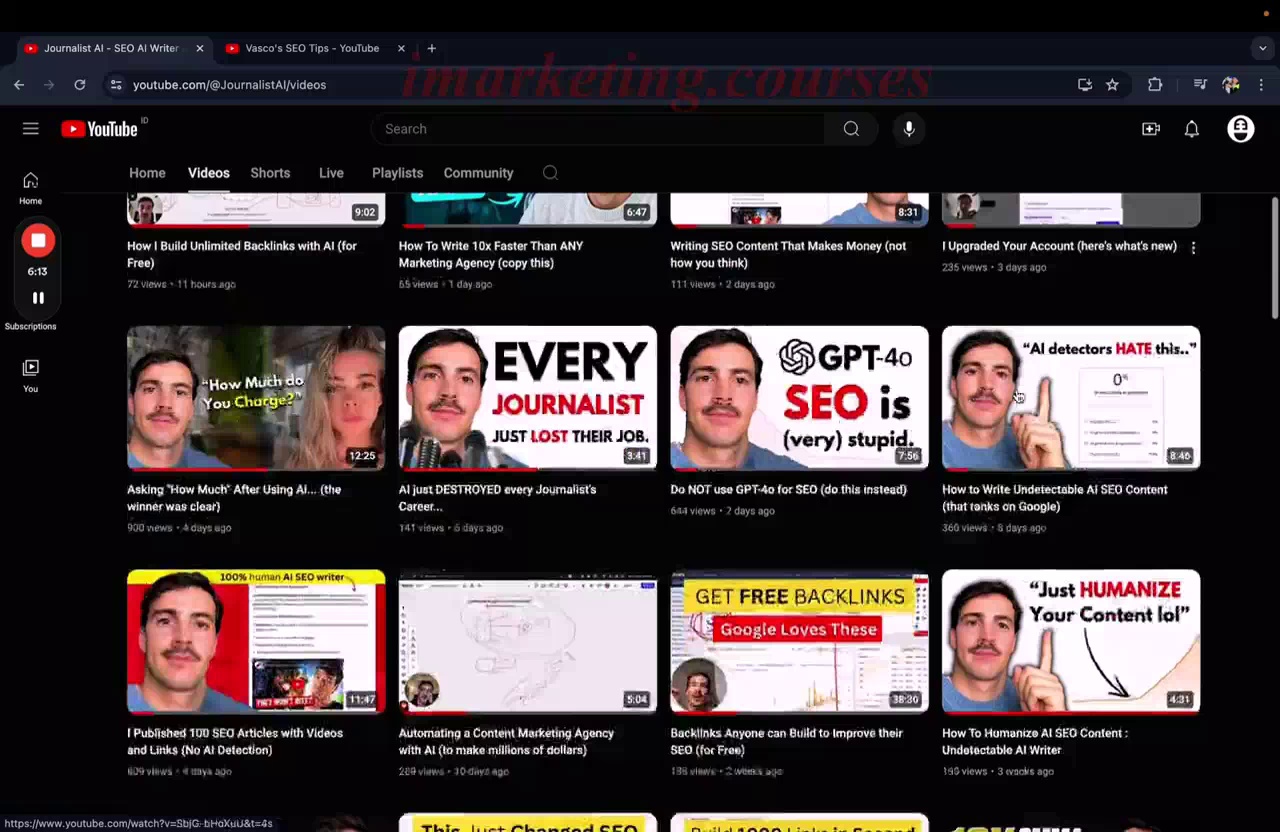
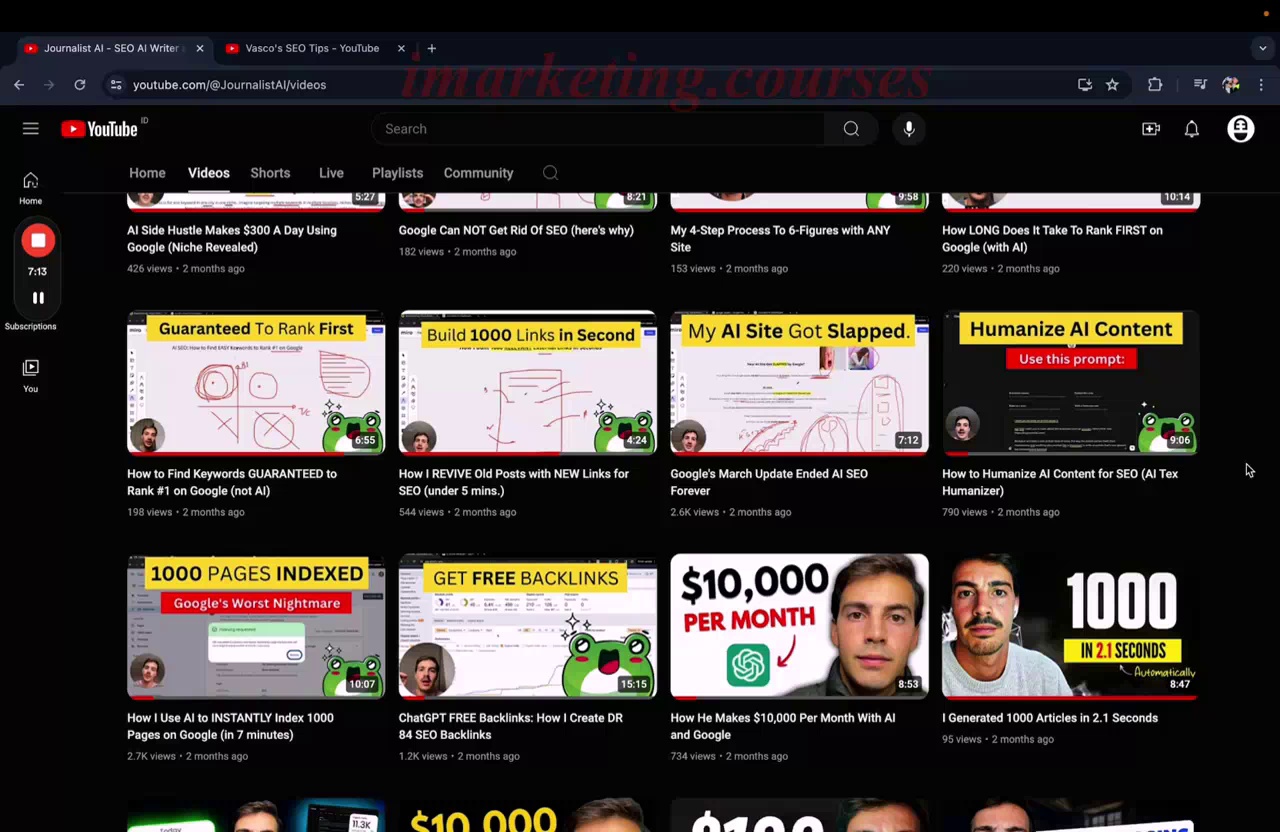
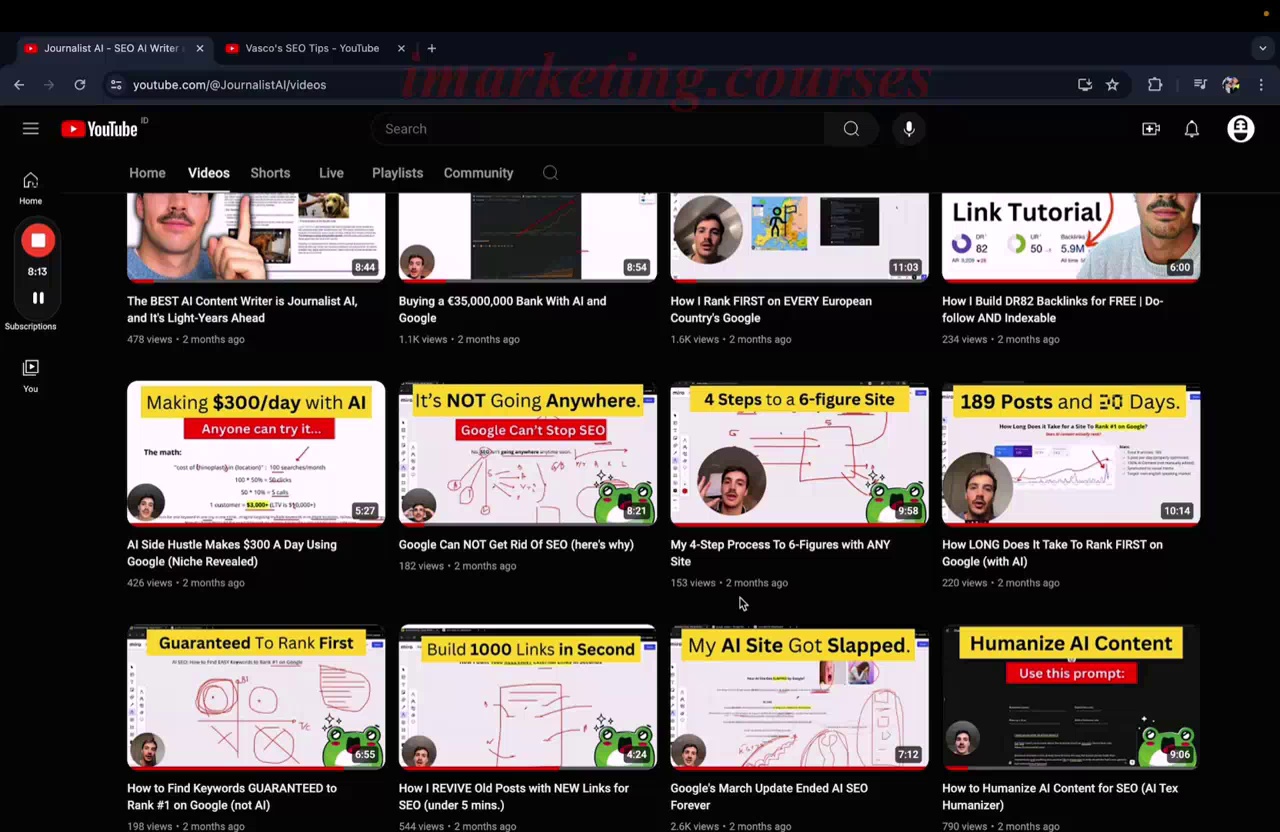
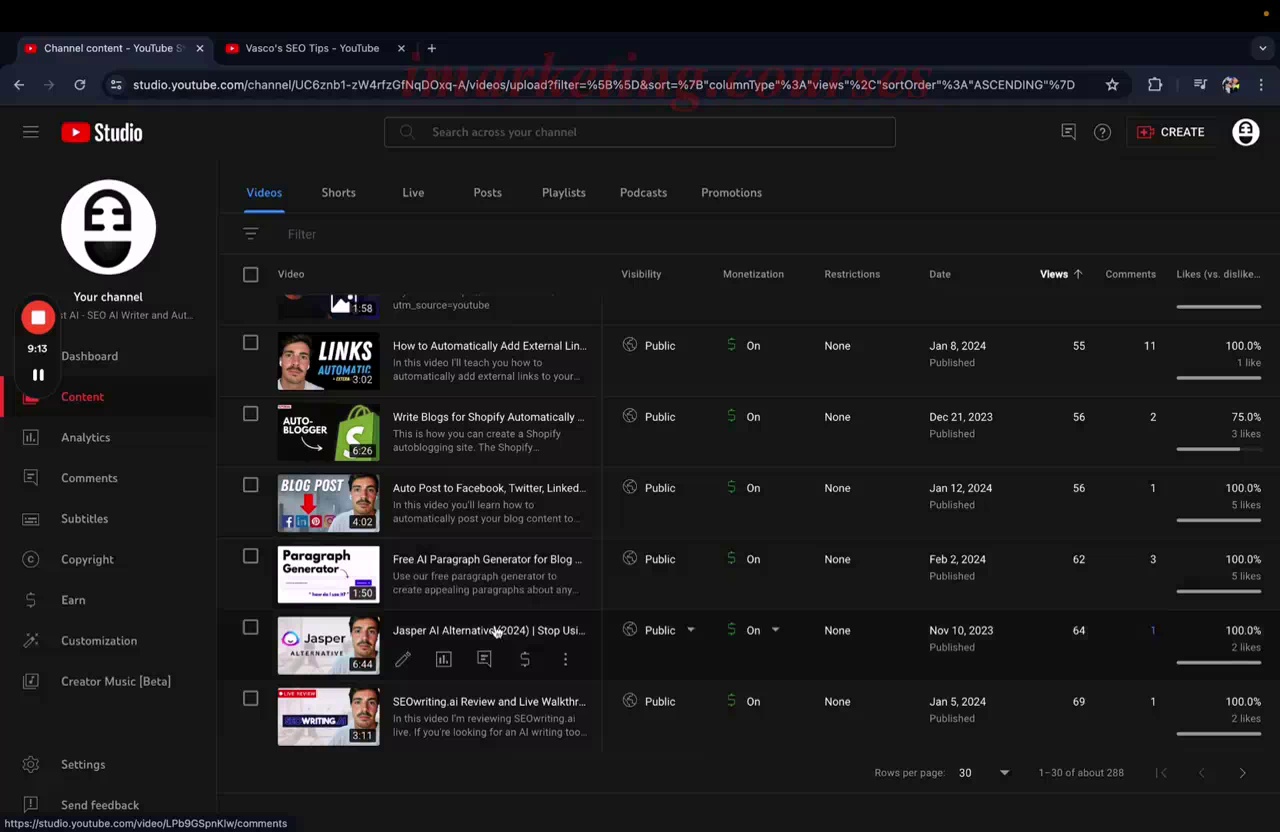
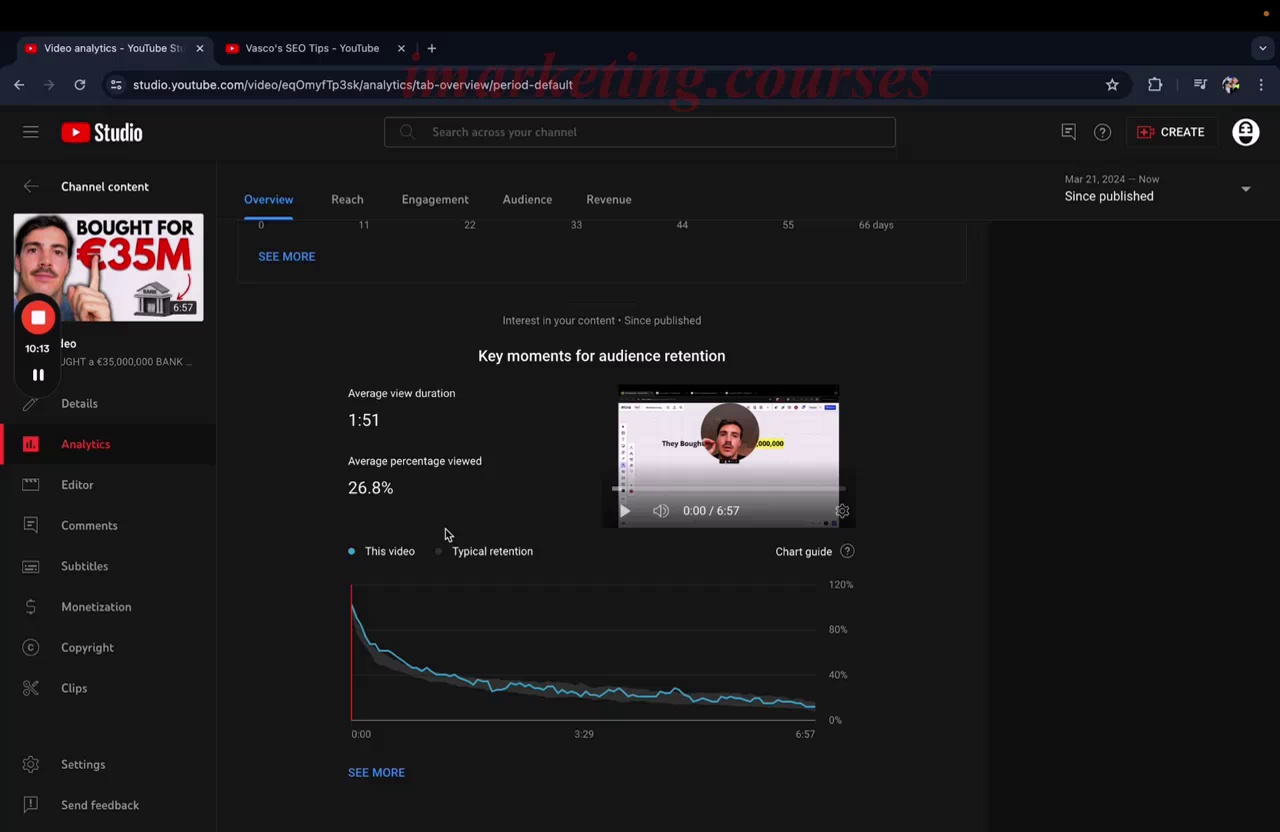
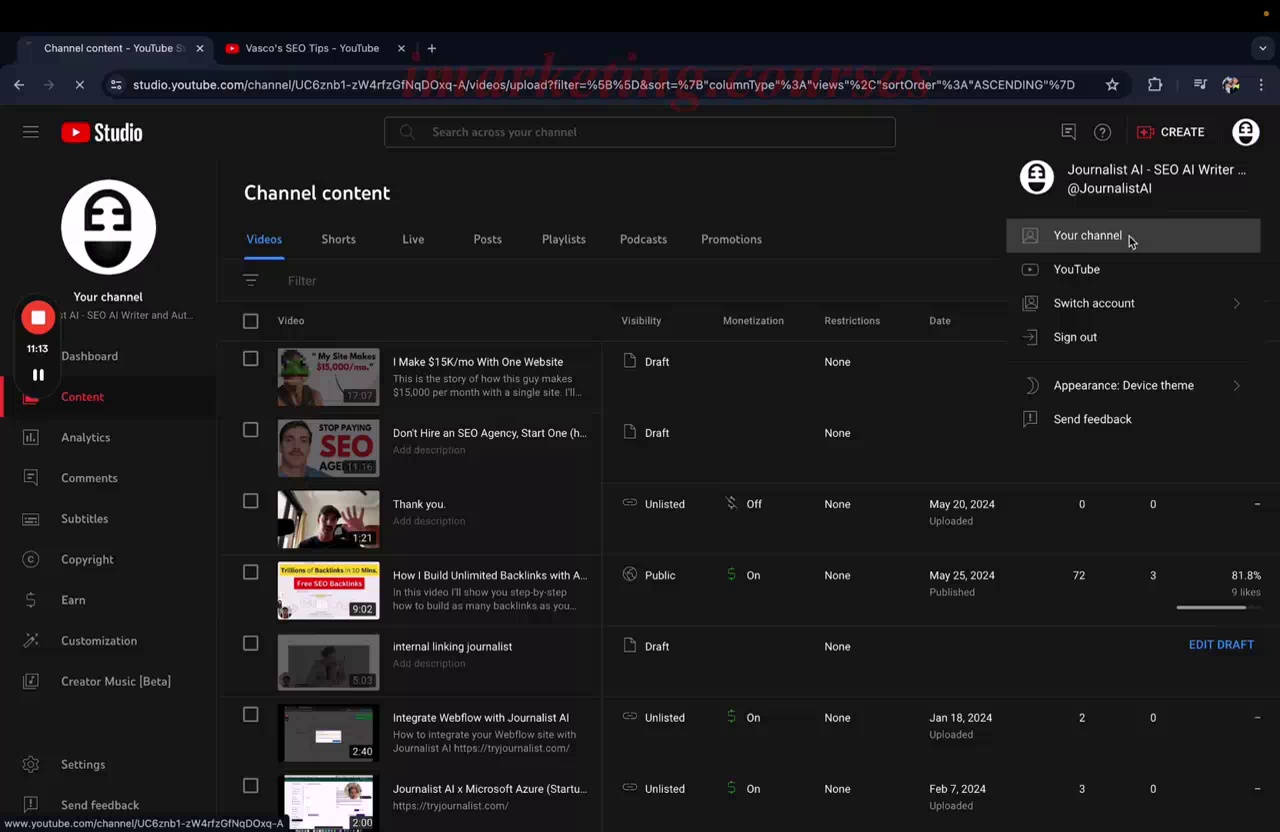
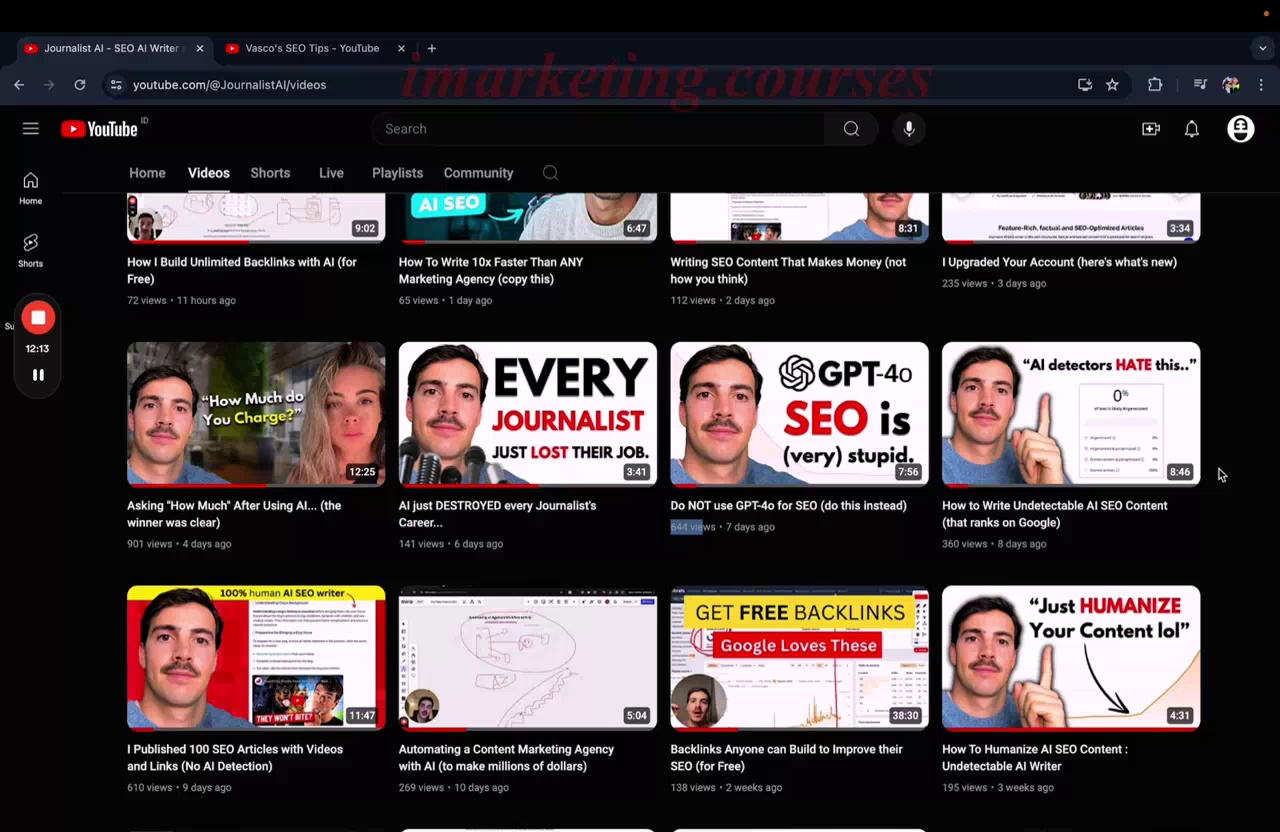
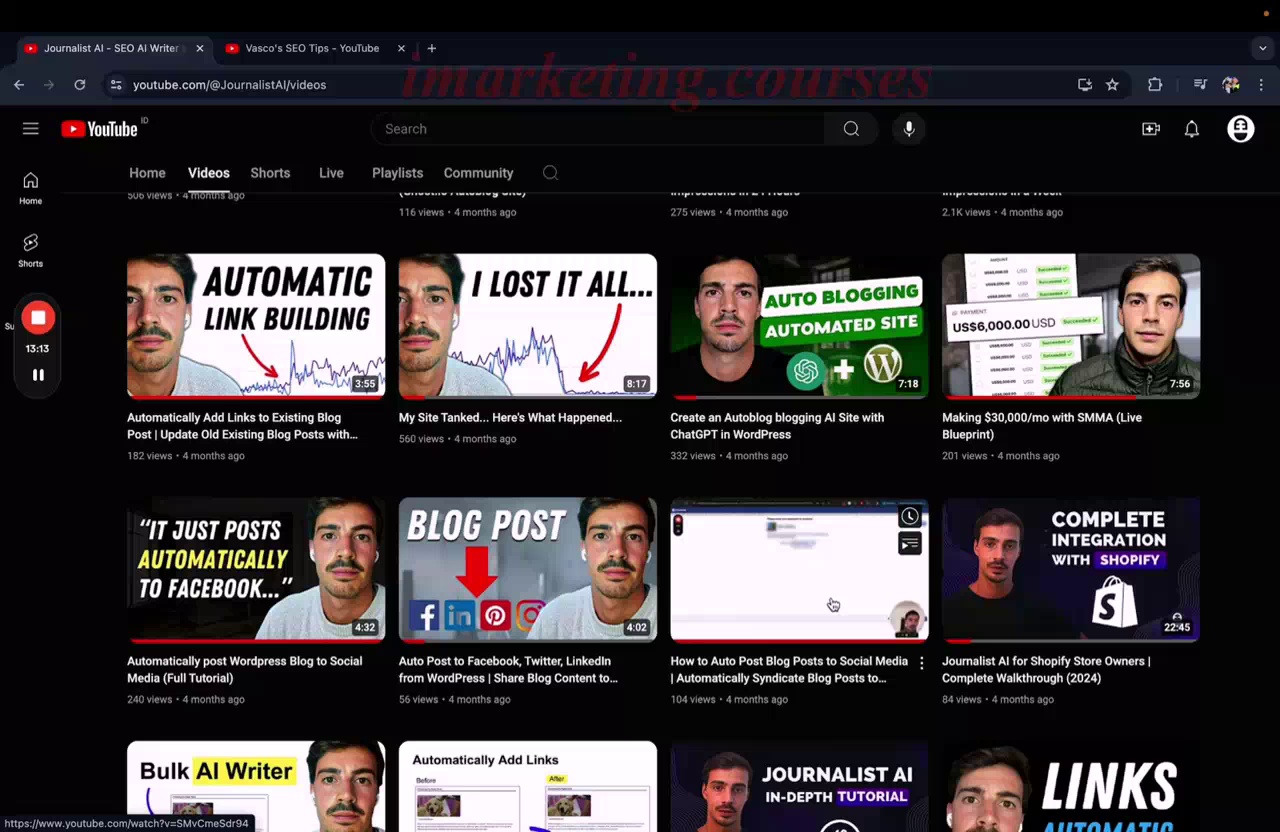
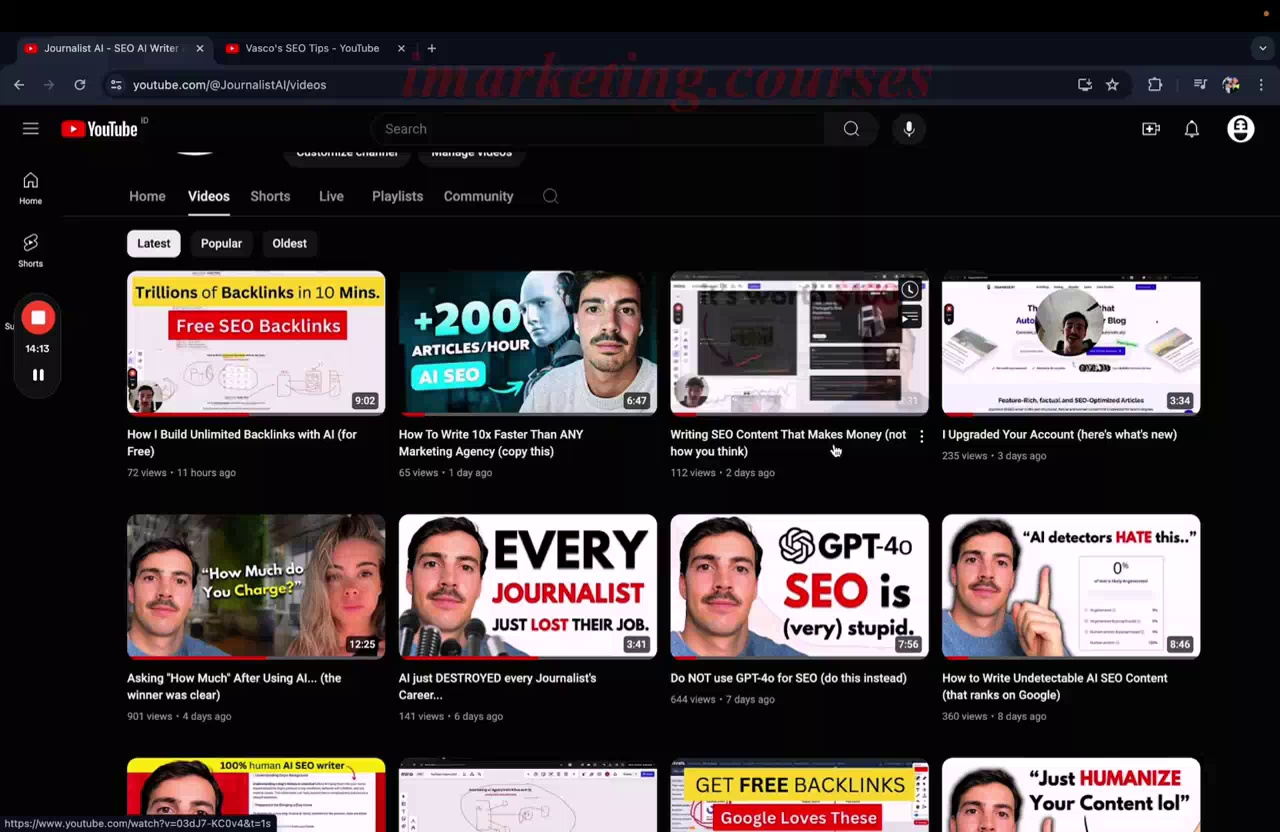
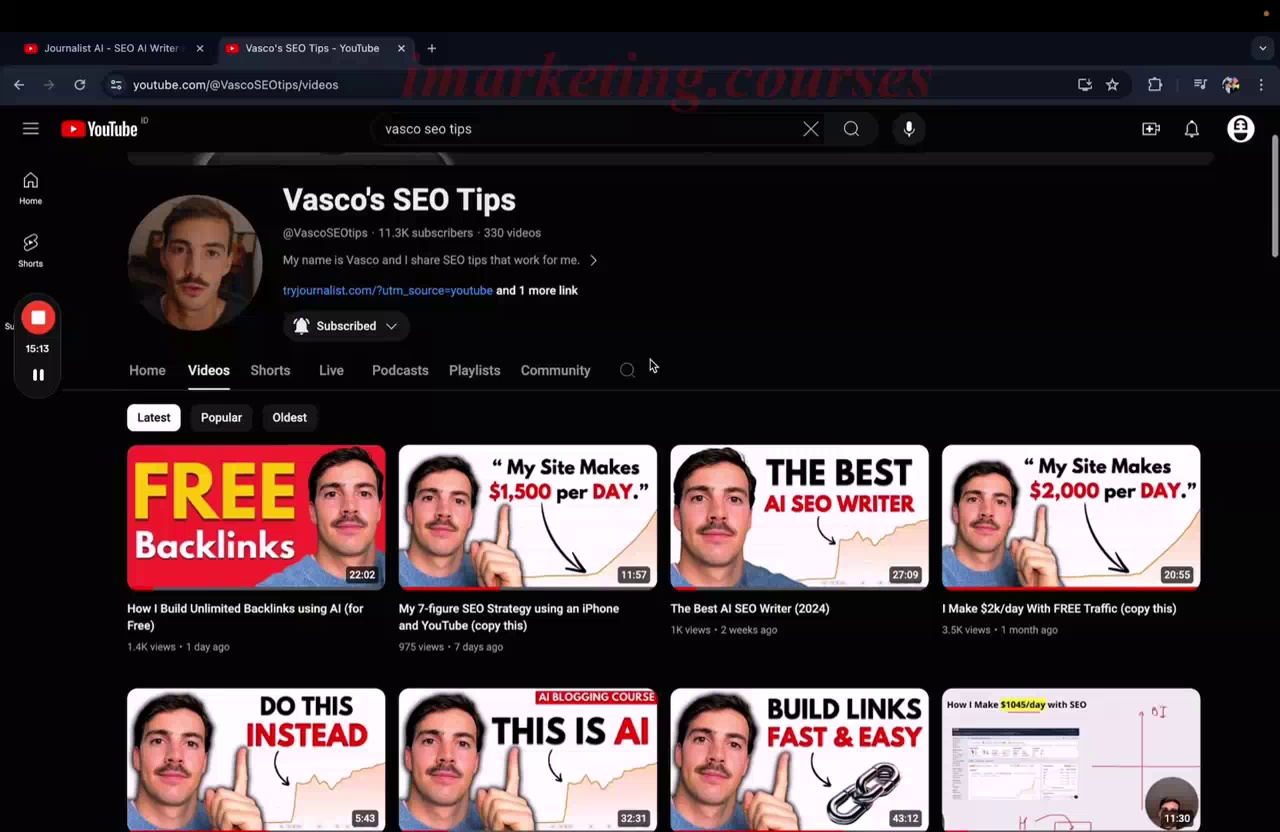
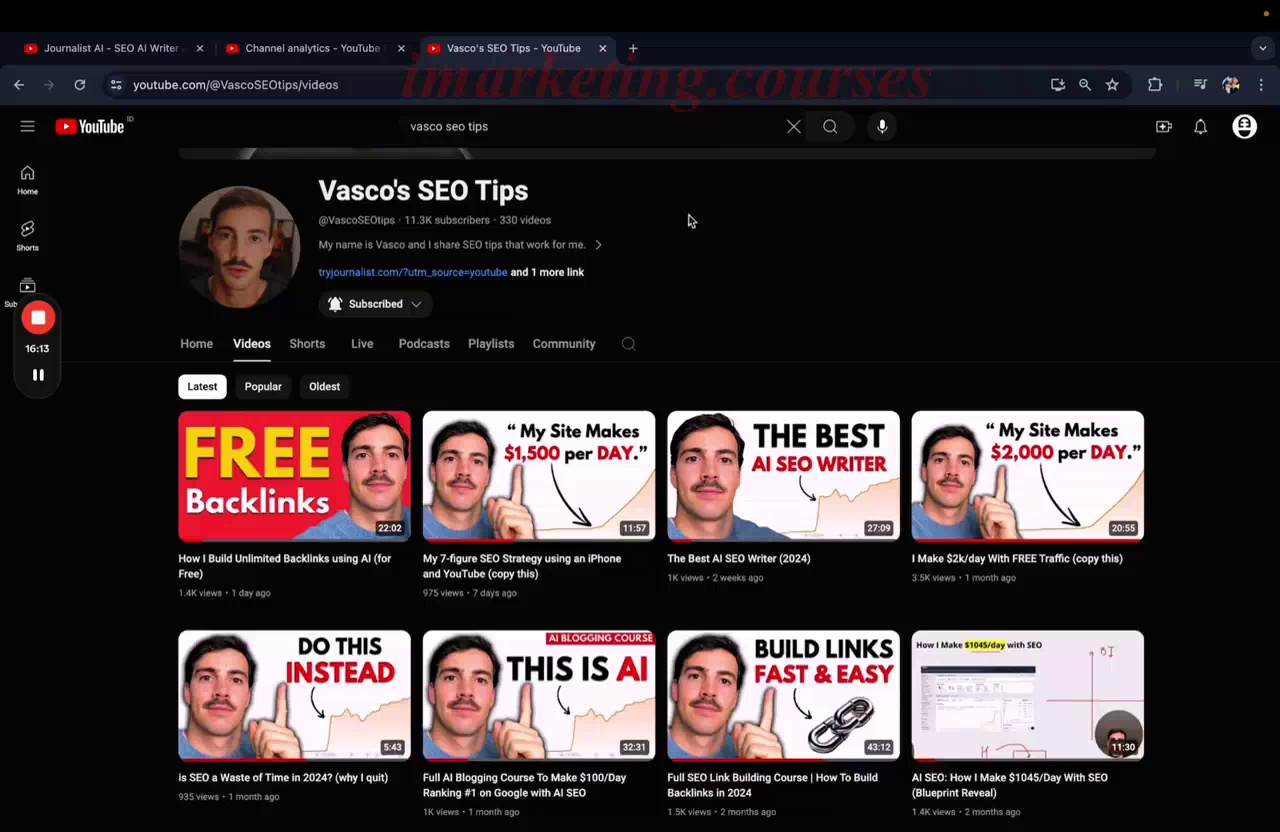
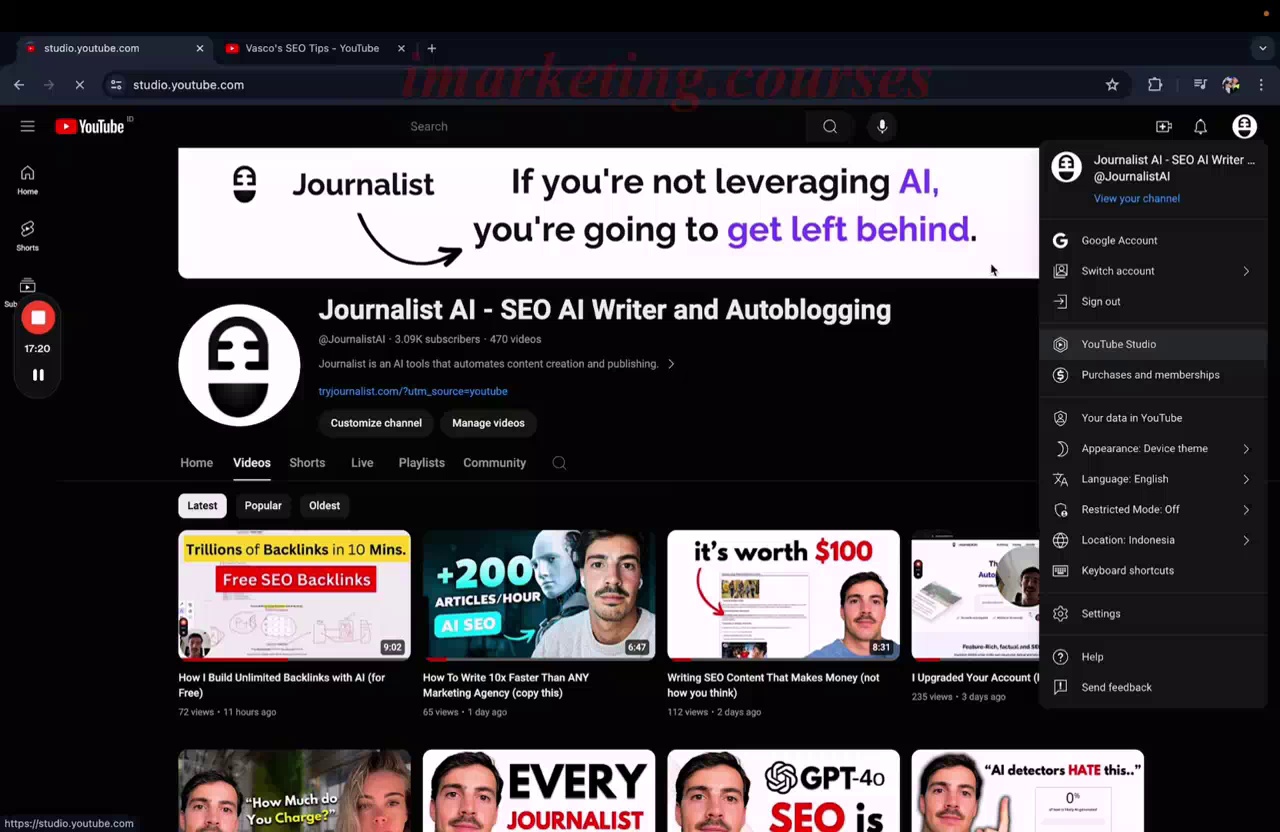
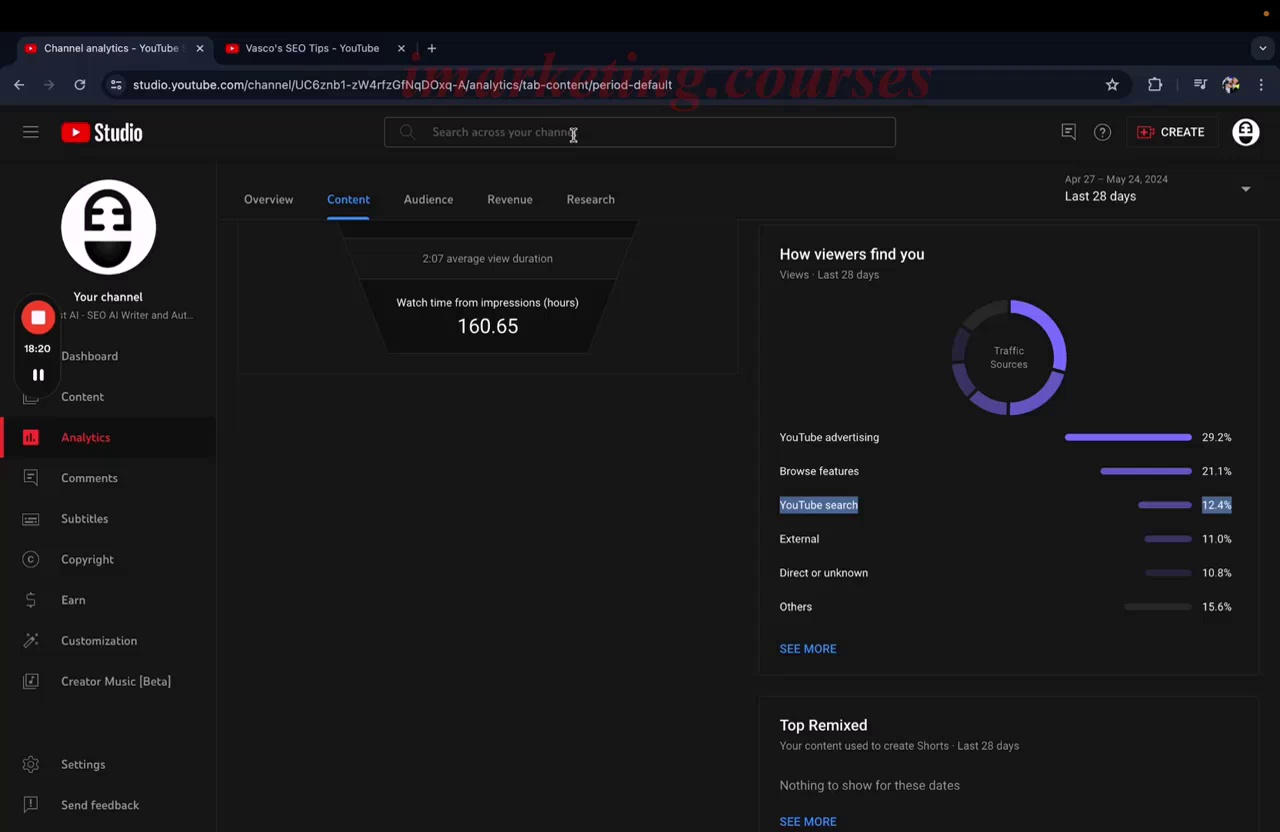
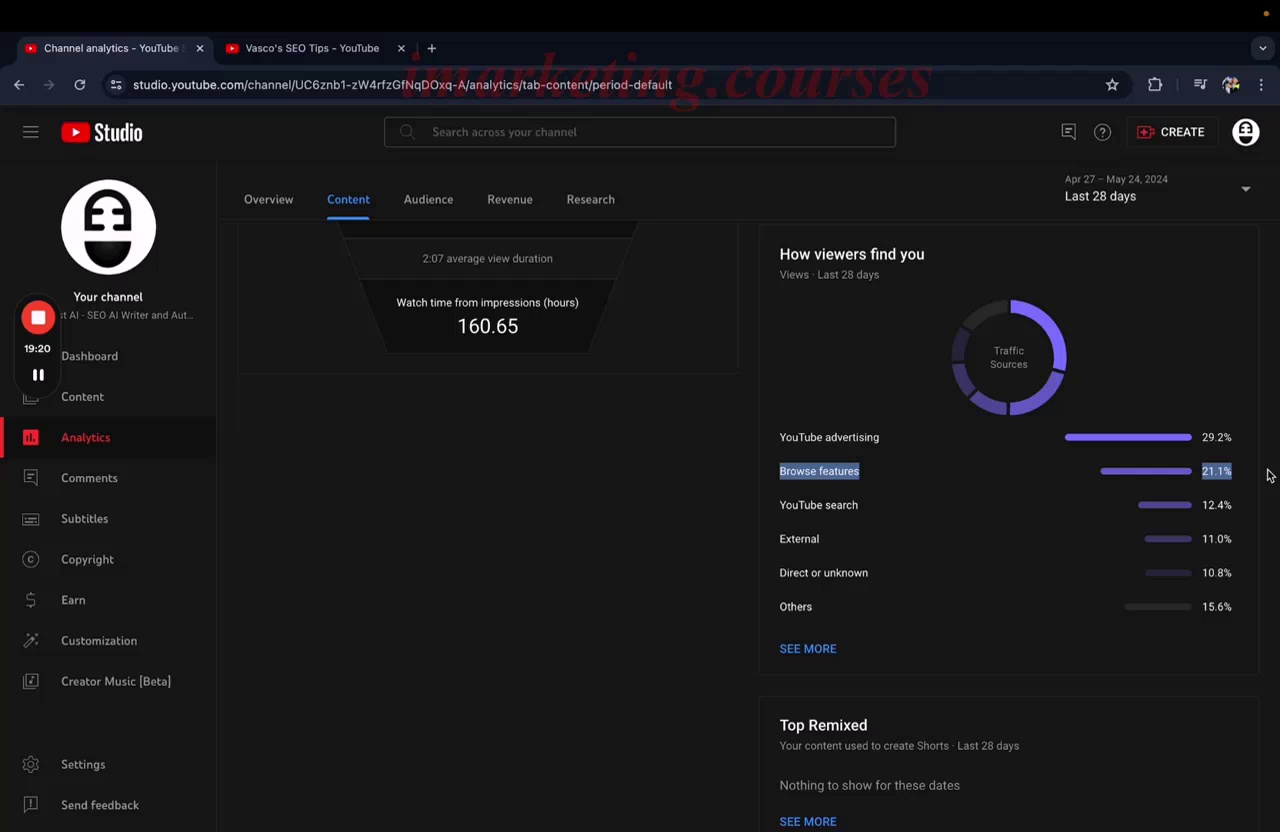
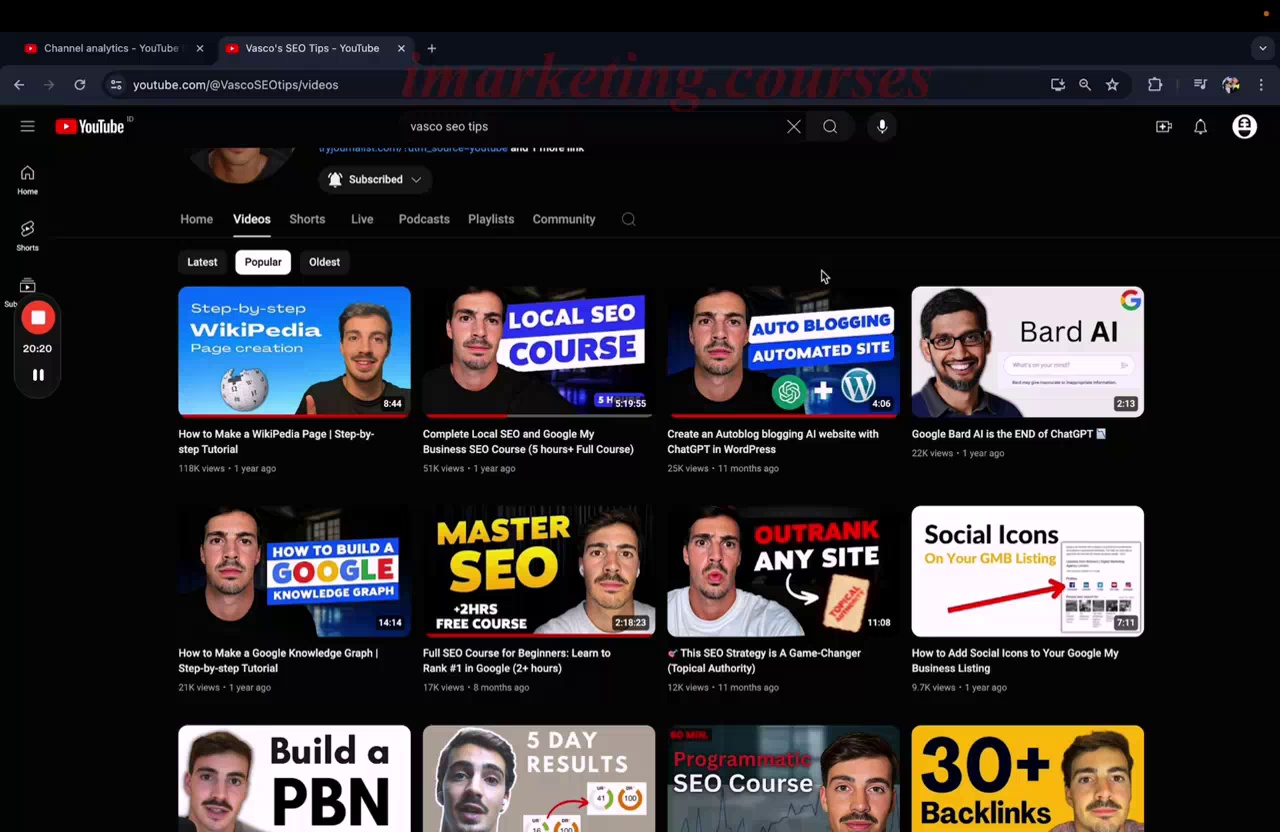
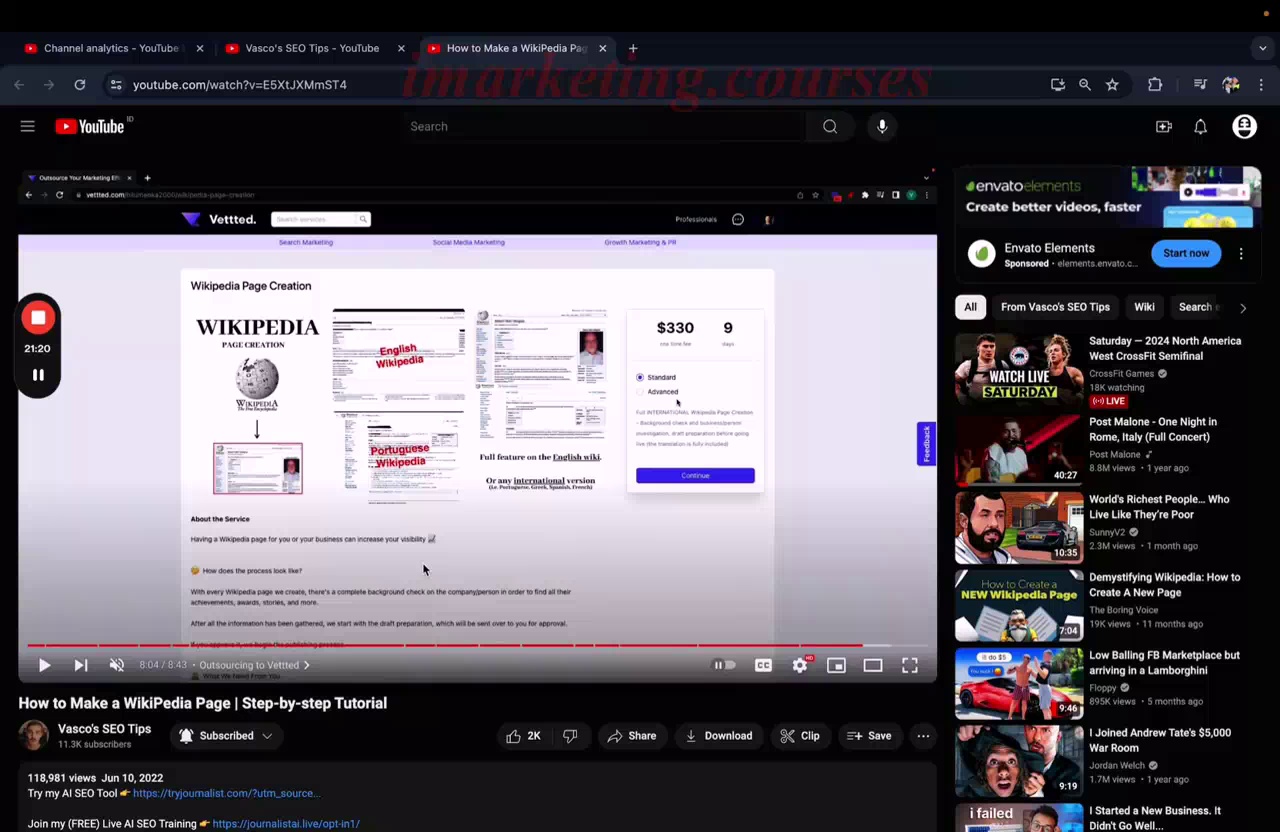
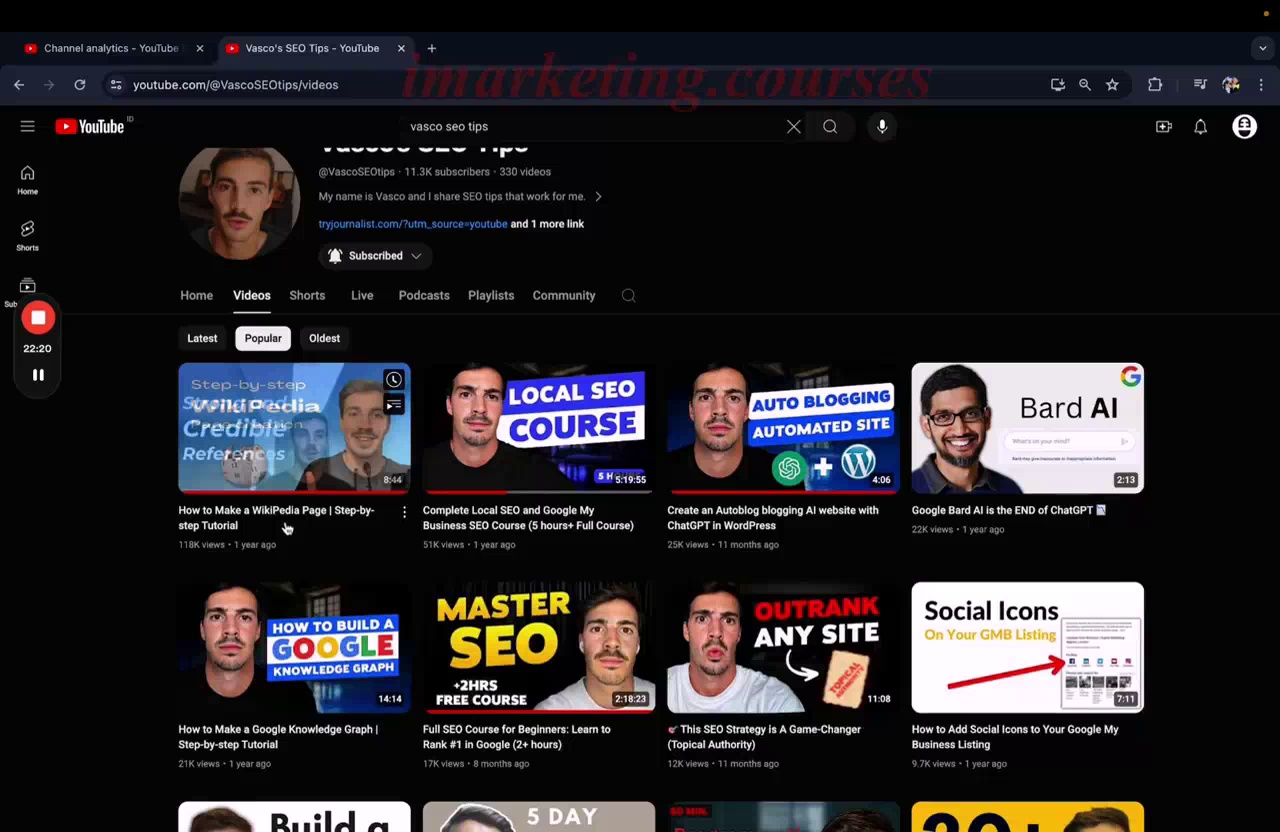
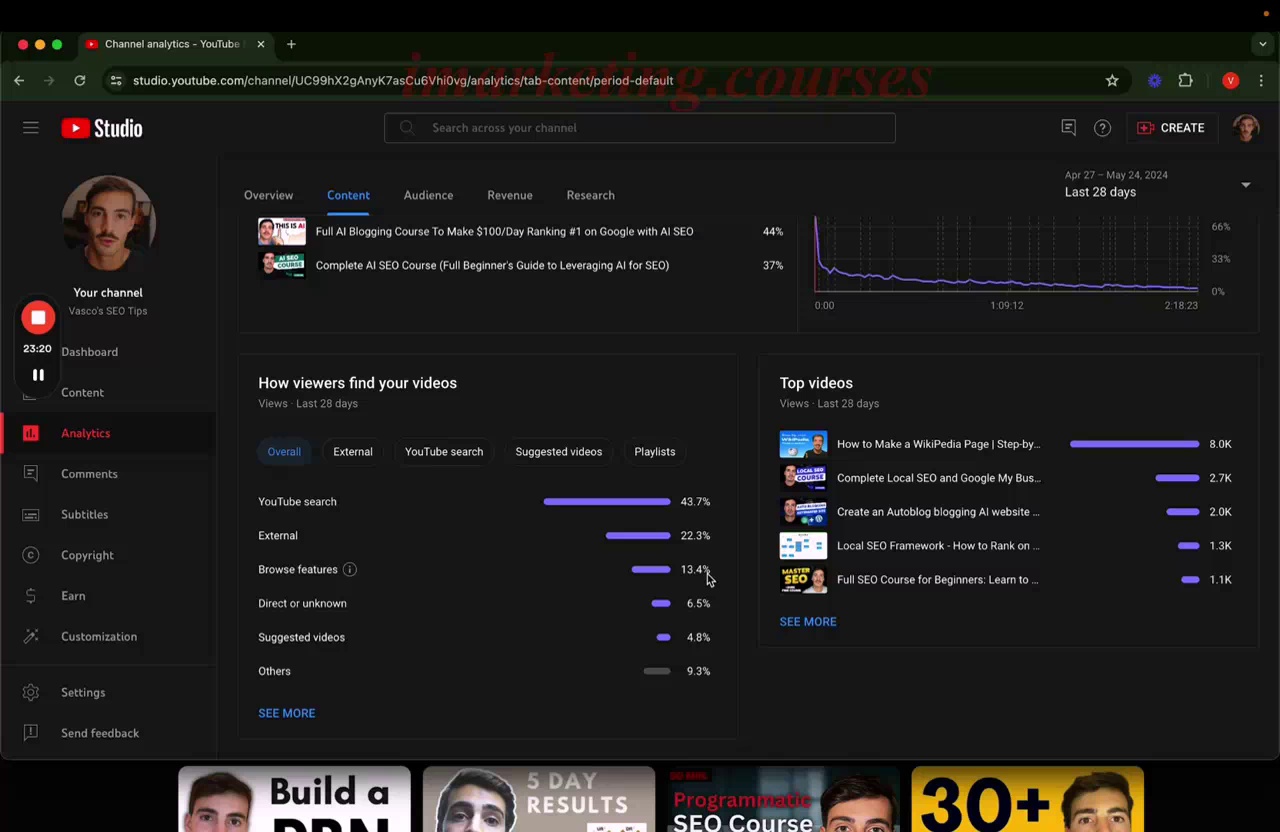
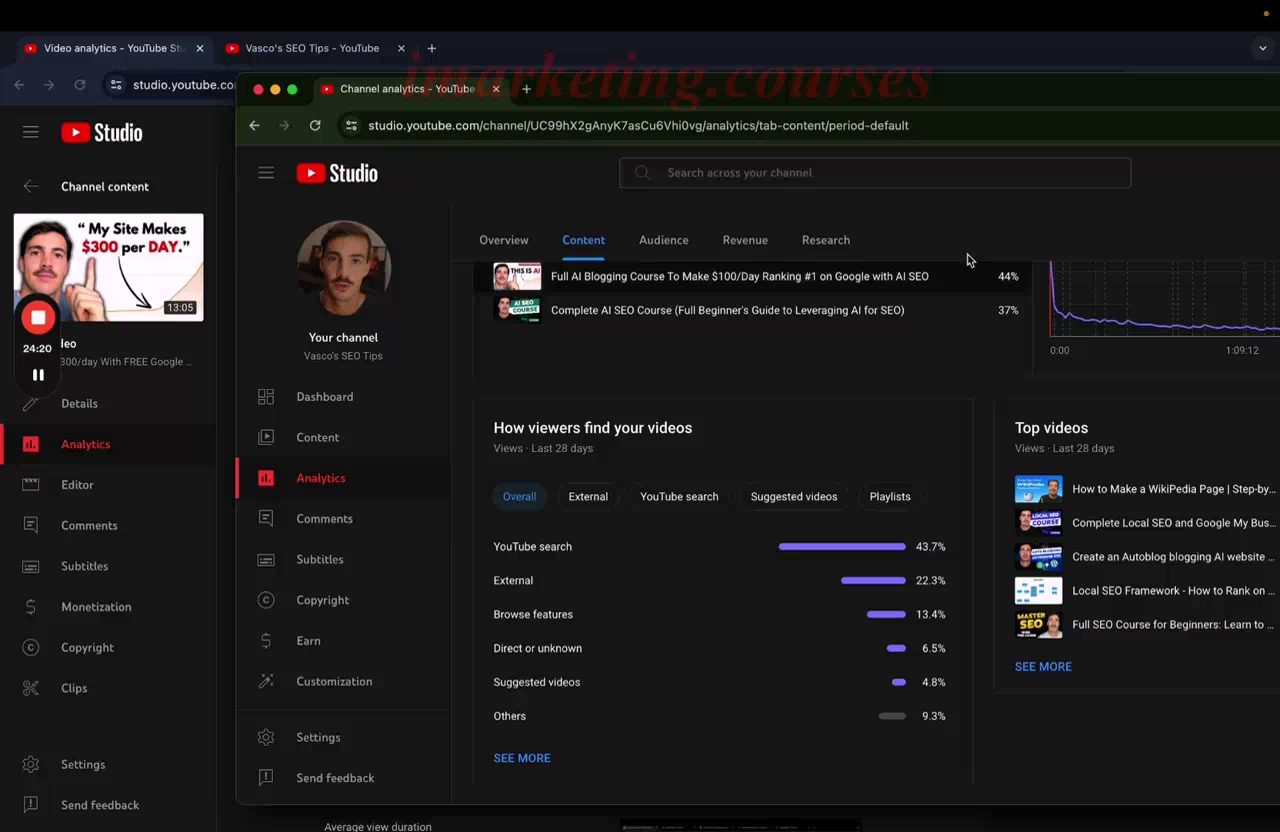
The narrator explains his YouTube strategy for his software company's branded channel and his personal channel. On the branded channel, he posts daily short videos to increase visibility and iterate quickly on thumbnails/titles. He sprinkles keywords in the channel name and description. Most views come from YouTube's "Browse Features", but evergreen videos optimized for "YouTube Search" bring recurring traffic. On his personal channel, he posts thought-out videos weekly. People connect more with individuals, so a personal founder channel brings more conversions, but the branded channel is vital as a business asset.
Key points:
- Add keywords to channel name and description for better rankings
- Post daily short videos on branded channel to increase visibility, iterate quickly, and chance of viral videos
- Optimize some evergreen videos for YouTube Search and recurring views
- Post weekly high-quality videos on personal founder channel, since people buy from people
- Branded channel is a business asset that increases company valuation
12-Vasco-Saas-Marketing Free 1-5 - Part 4










































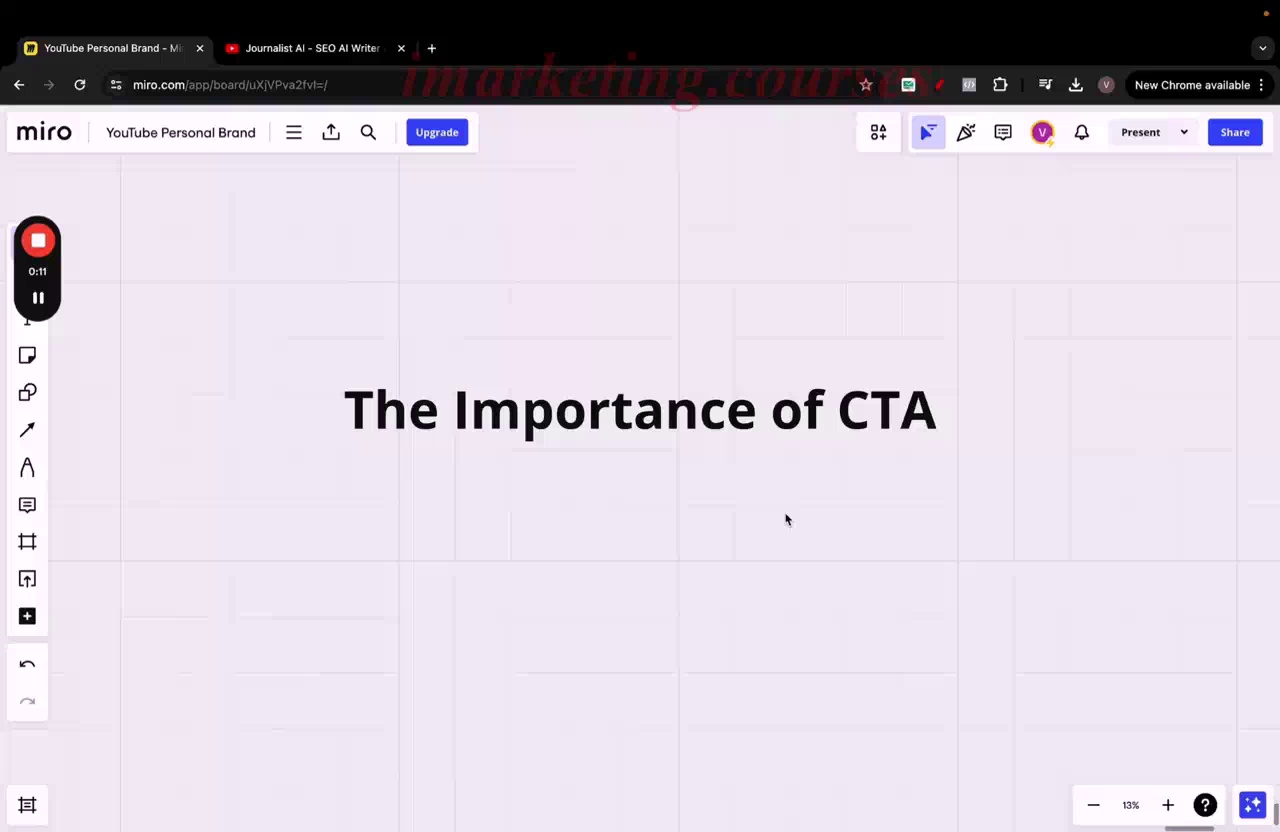
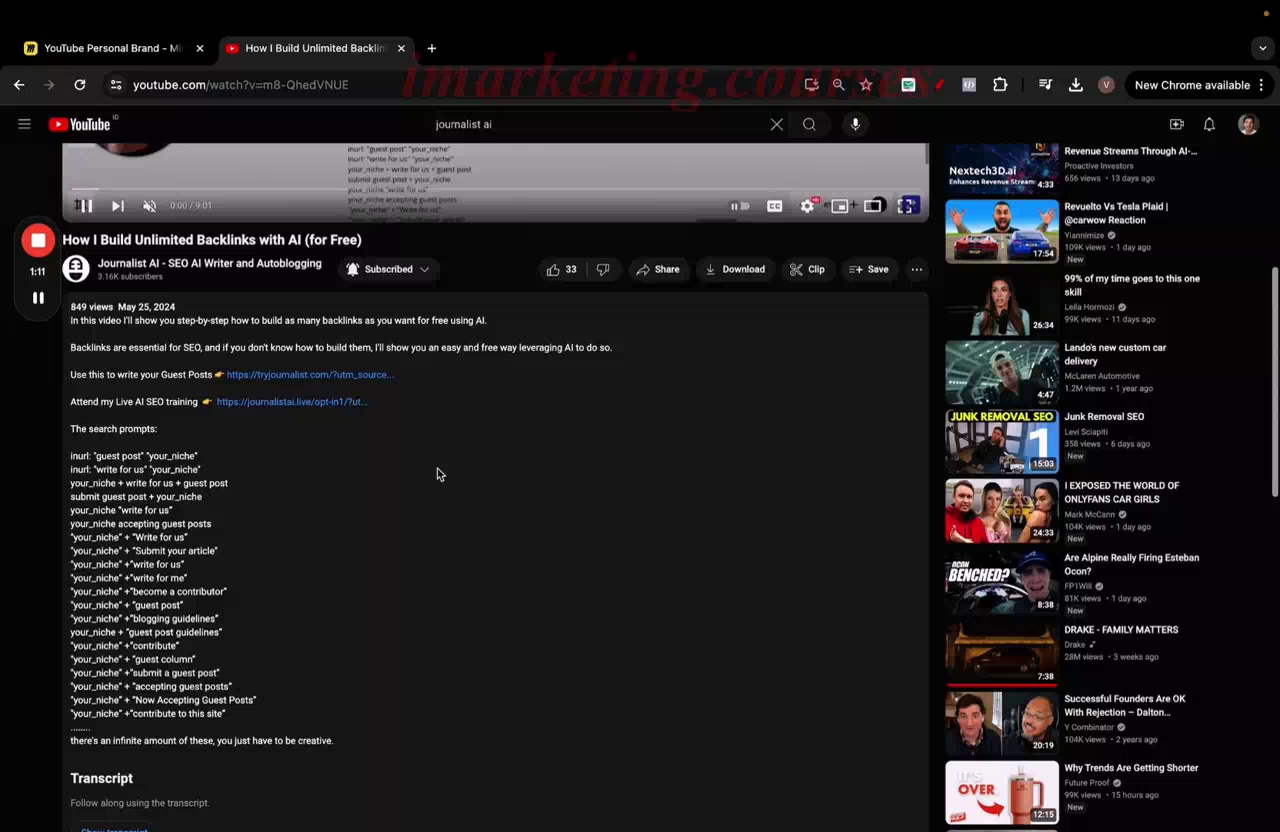
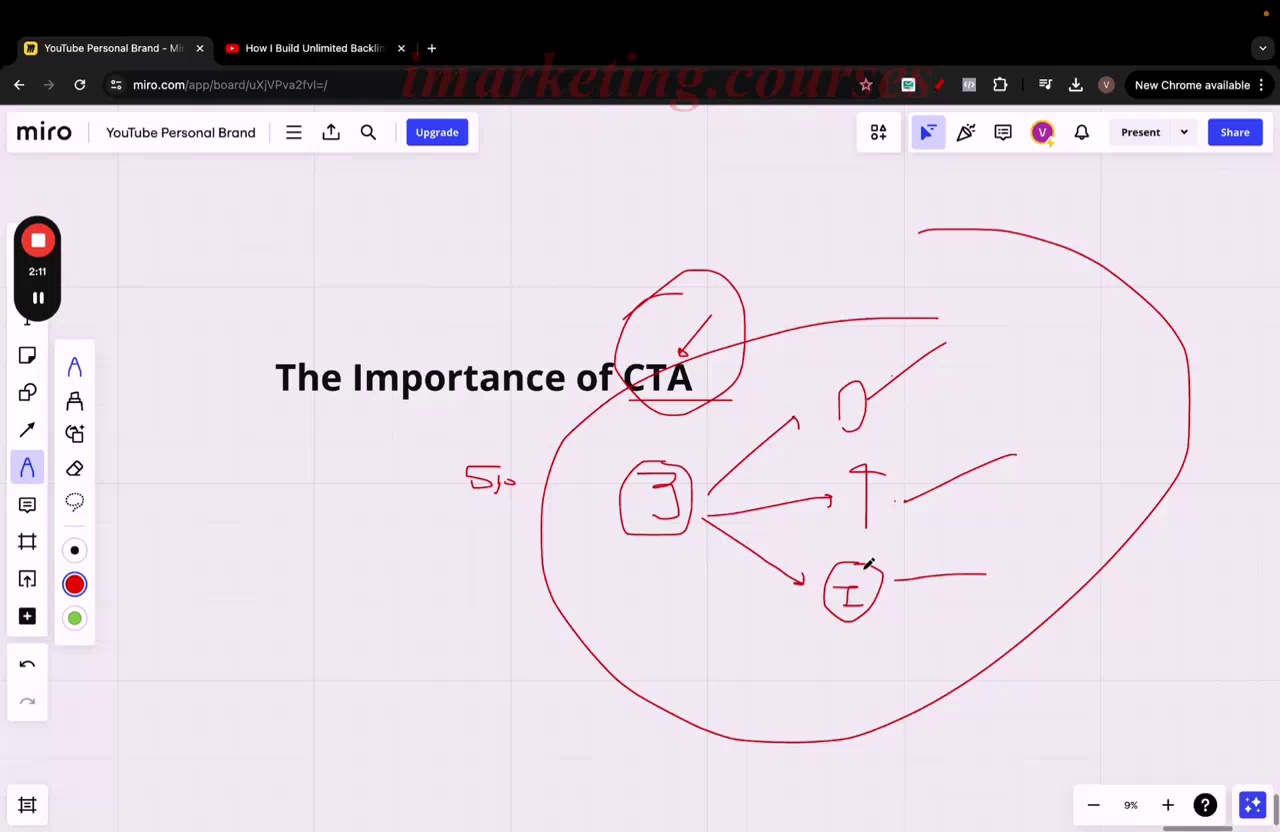
The narrator emphasizes the importance of using call-to-action (CTA) phrases in YouTube videos to guide viewers. There are three essential types of CTAs:
1. Video description CTA - Include a link in the video description. This helps drive traffic and revenue.
2. Pinned comment CTA - Pin a comment with a link to the top of the comments section. This gives viewers another place to click.
3. In-video CTA - Mention the CTA, including links, within the actual video multiple times. This boosts conversions the most. Well-known YouTubers have used this technique successfully.
Using all three CTA types together is most effective. Keep language simple and choices limited to avoid confusing viewers. The narrator emphasizes CTAs are "musts" and "non-negotiable" for YouTube success.
.12-Vasco-Saas-Marketing Free 1-5 - Part 5













































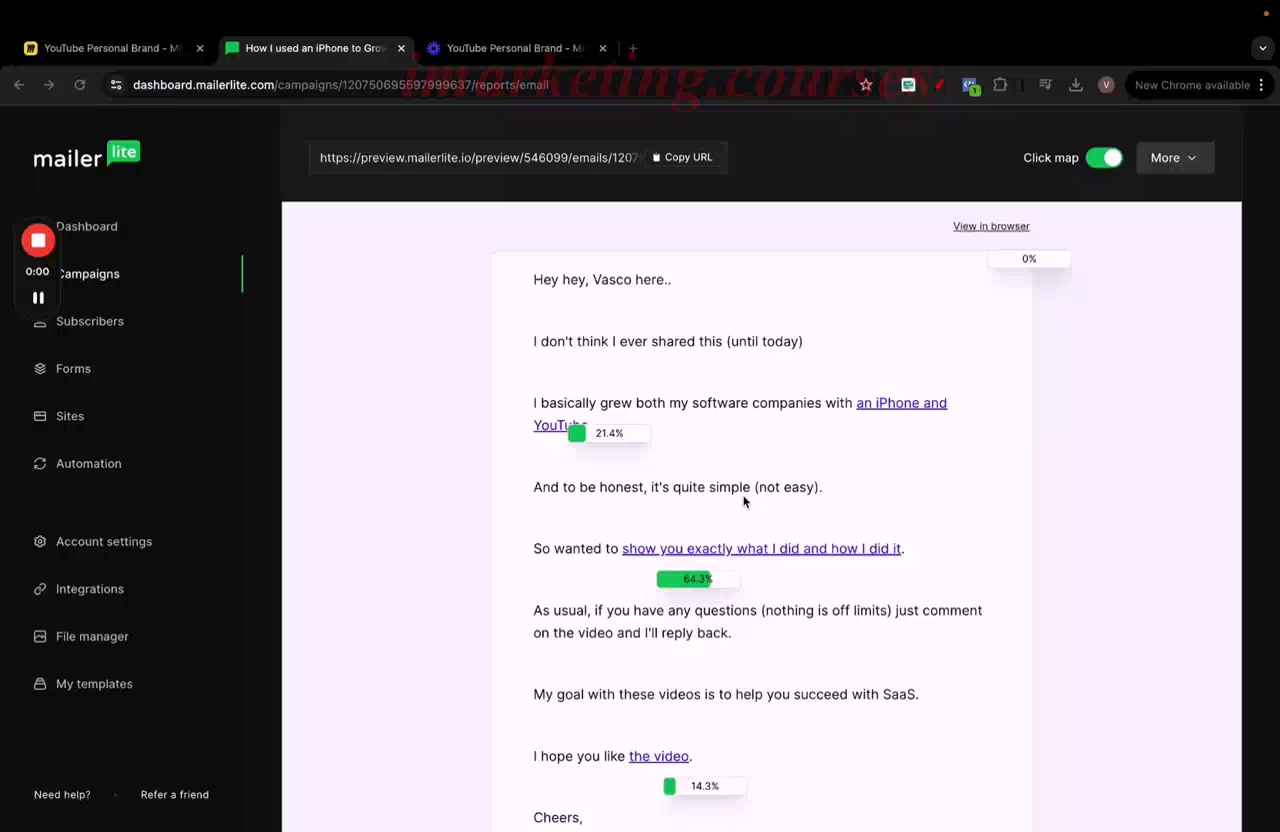
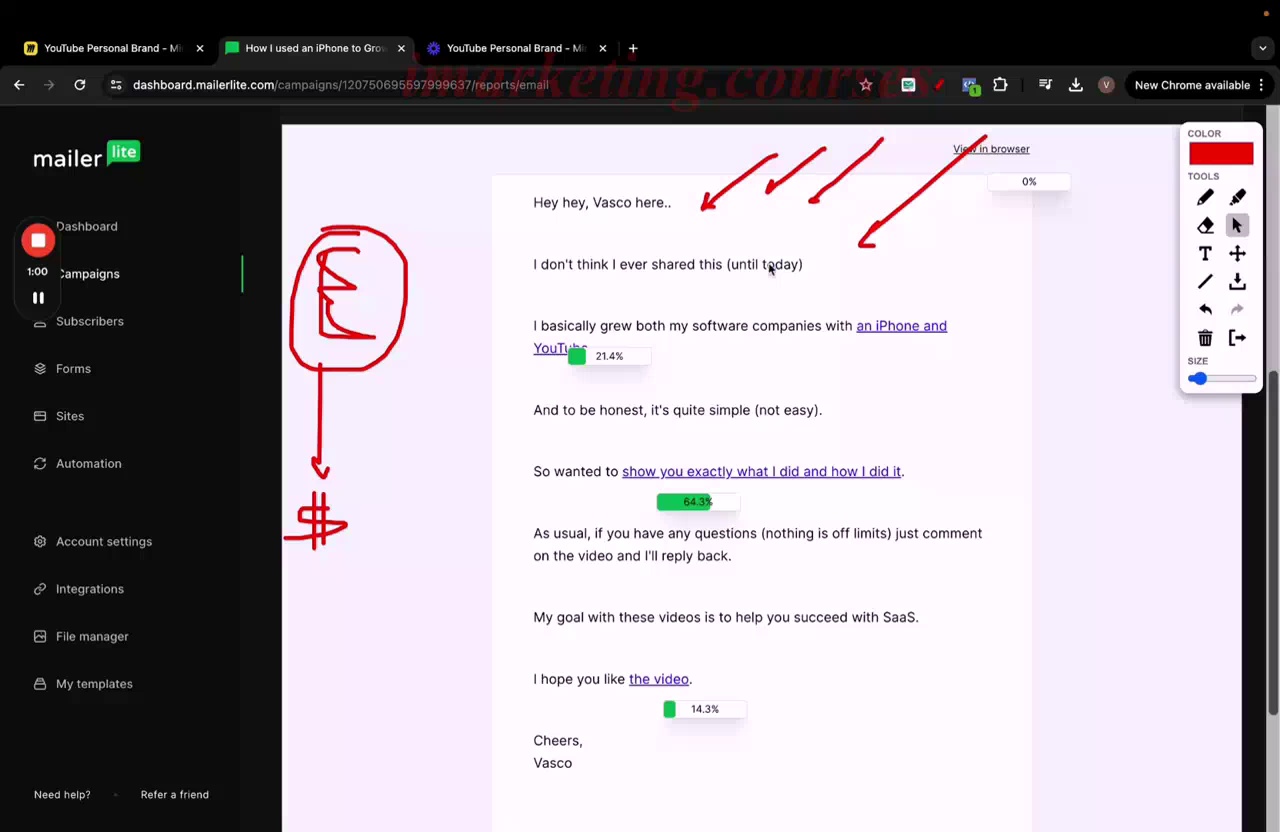
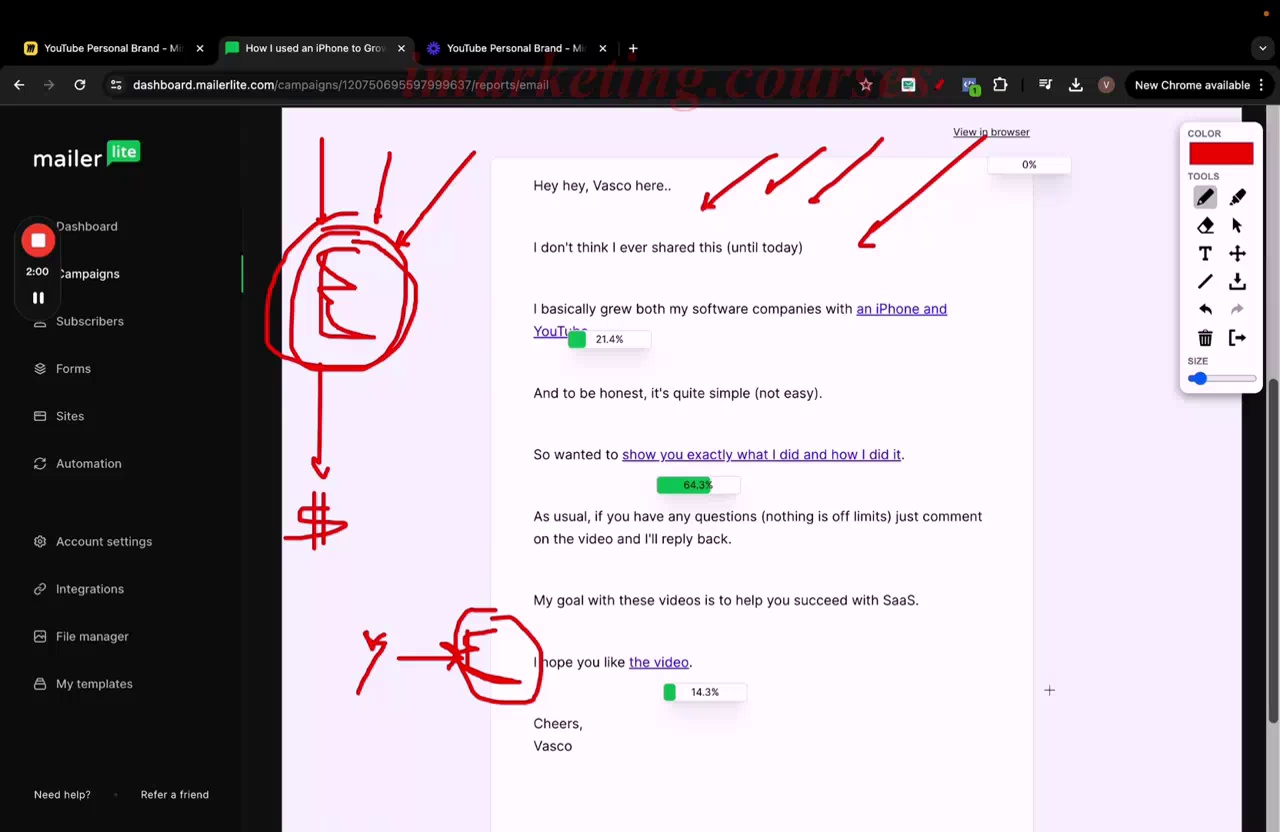
The narrator recommends leveraging your software company's email list to promote YouTube videos. The goal of YouTube videos should be driving people to purchase your product.
Send regular emails to your list, either every day or every other day. Email them about new YouTube videos you've created covering things like new features. Use curiosity in the email copy to get them to click and watch the video.
Showing videos to customers allows them to connect with you more deeply than just text. Videos showing your face help people get to know, like and trust you. Videos are better than text emails for product announcements because they show rather than tell.
Don't assume subscribers know you have a YouTube channel. Emails help raise awareness about your videos. Balance sending enough emails to maximize awareness while not exhausting your list with too many emails.
When you publish new content anywhere, syndicate it by sending an email to direct your list to view it. This boosts engagement and gets more video views. It keeps your community aware of your latest content.
.